Medicinal Food Properties
Learn about the varieties grown in this project and its medicinal food properties
Vegetables
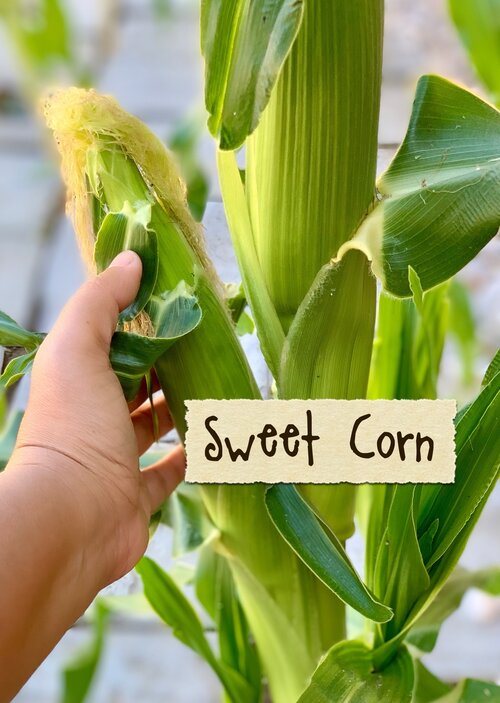
“Maize” or corn is indigenous to southern Mexico, reduces the risk of anemia. Rich in Vitamin B12, folic acid and iron which helps in the production of red blood cells in the body.
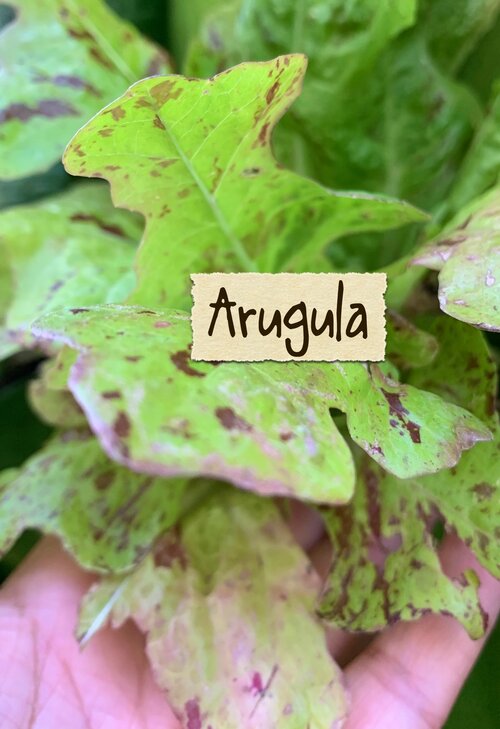
Native to the Mediterranean region, arugula is high in antioxidants, fiber, and phytochemicals to prevent cancer and osteoporosis.
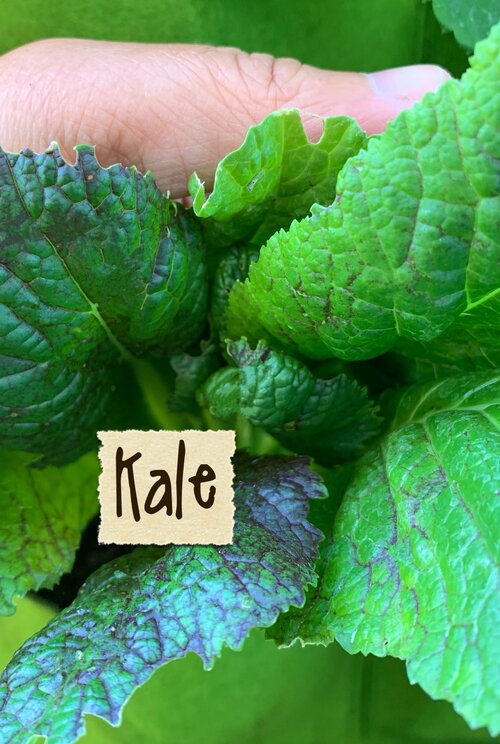
Kale originated in the eastern Mediterranean and Asia Minor 2000 BC. It is a nutrient-dense superfood that can help lower cholesterol and reduce heart disease.
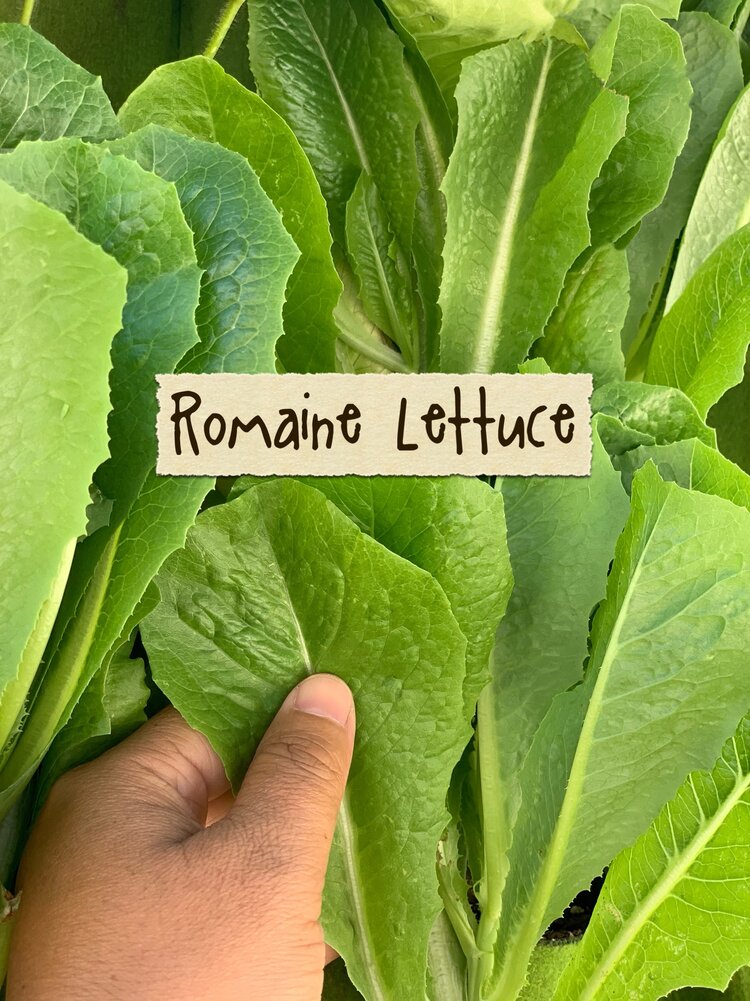
Native to the Greek island of Kos, romaine lettuce is high in minerals, such as calcium, phosphorous, magnesium, and potassium which helps to balance the body.
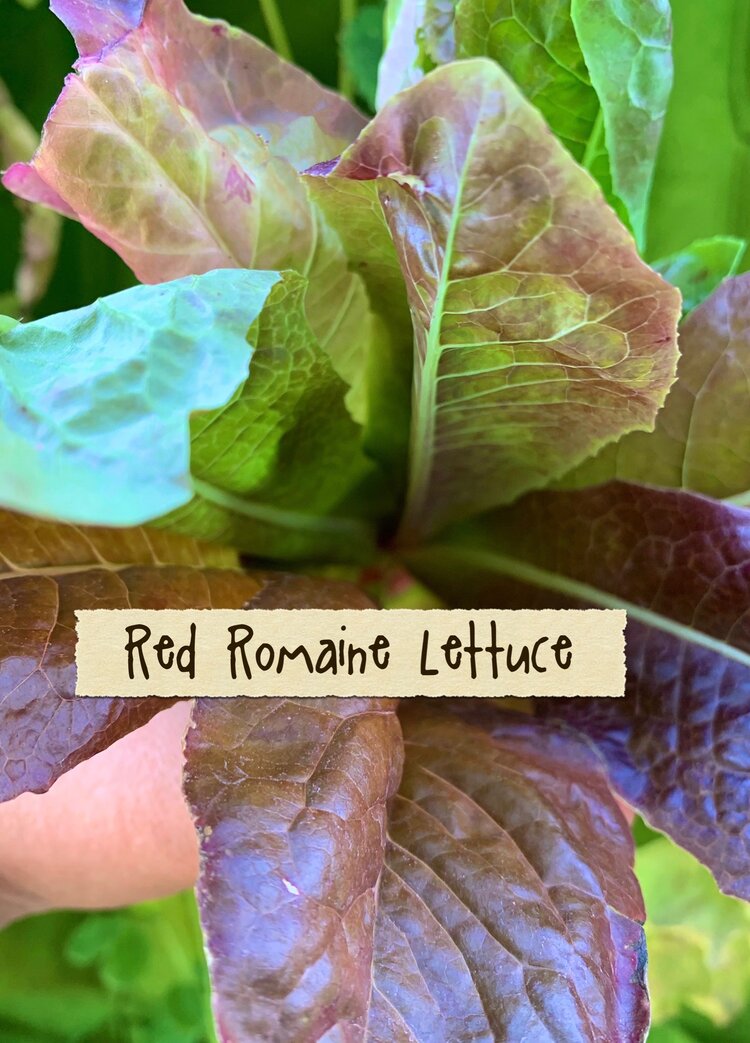
Native to the Greek island of Kos, red romaine lettuce is high in minerals, such as calcium, phosphorous, magnesium, and potassium which helps to balance the body.
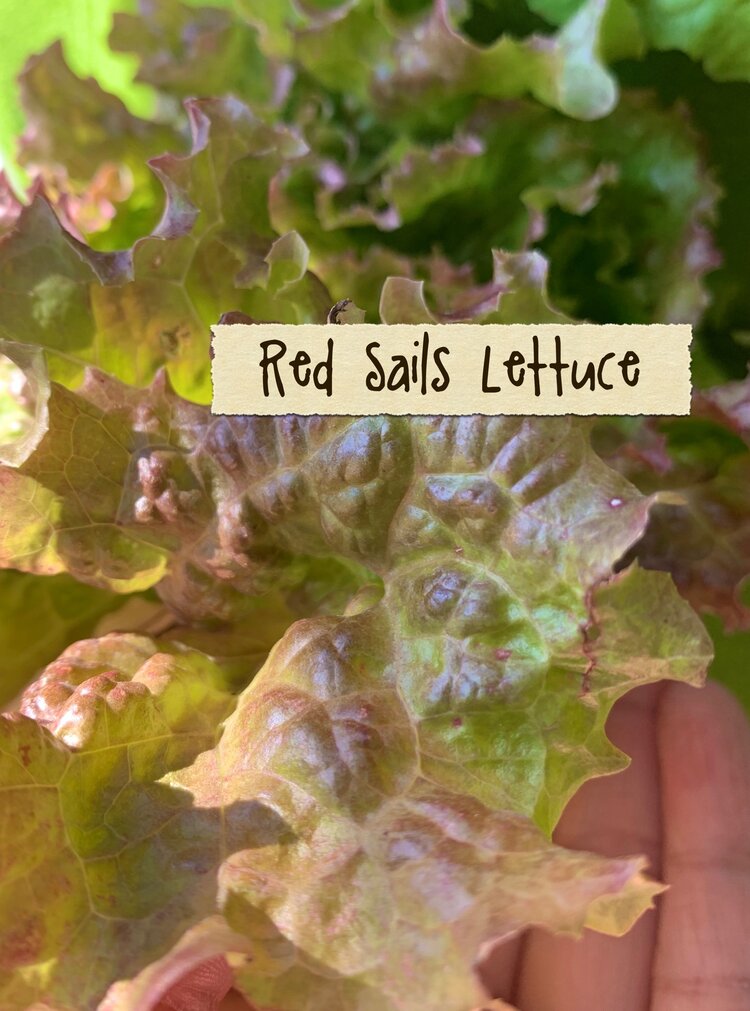
Red Sails is nutrient-dense. It has 6 times the amount of vitamin A and 3 times the amount of vitamin C as typical supermarket lettuce.
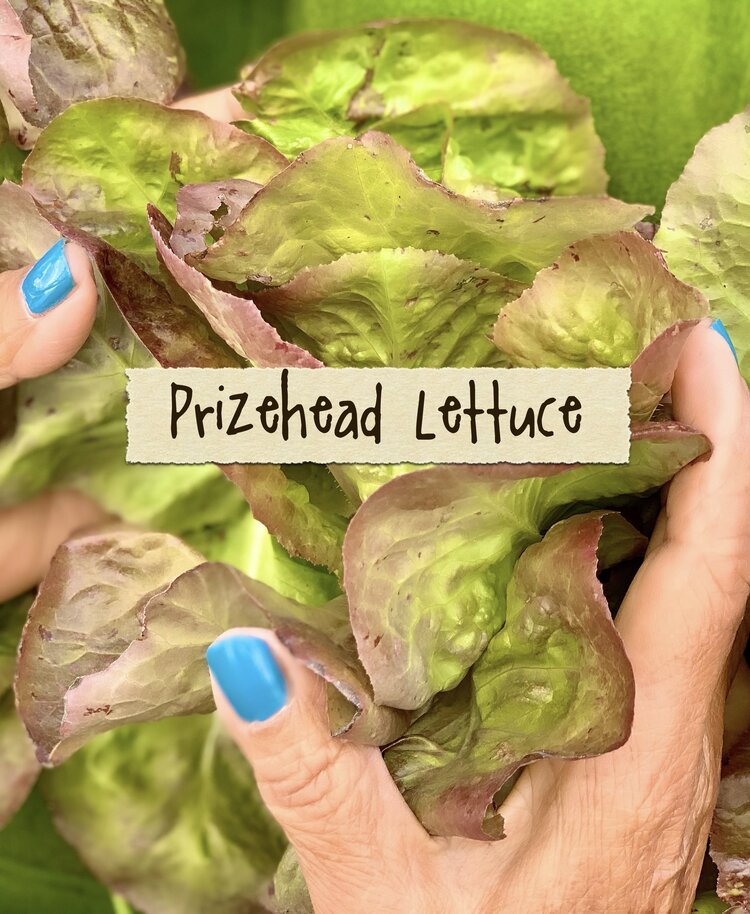
Like other lettuce, Prizehead lettuce is nutrient-dense and a powerful antioxidant that helps keep your immune system healthy.
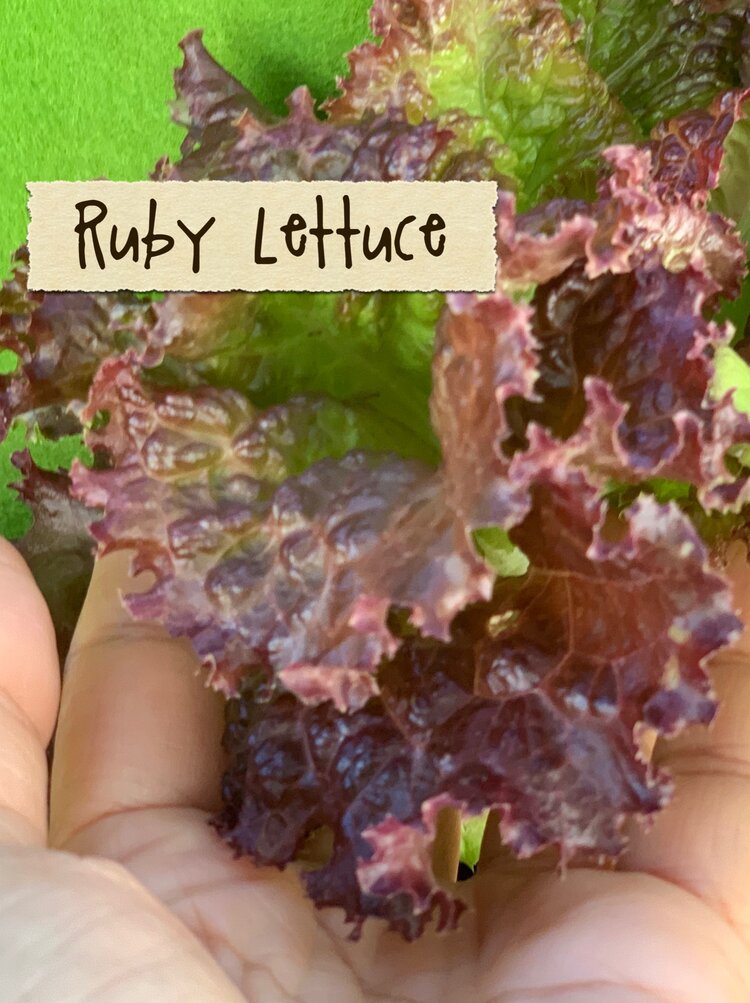
Ruby lettuce is rich in antioxidants and vitamins A and K. Additionally, it may help lower blood pressure, aid weight loss, and boost heart health.
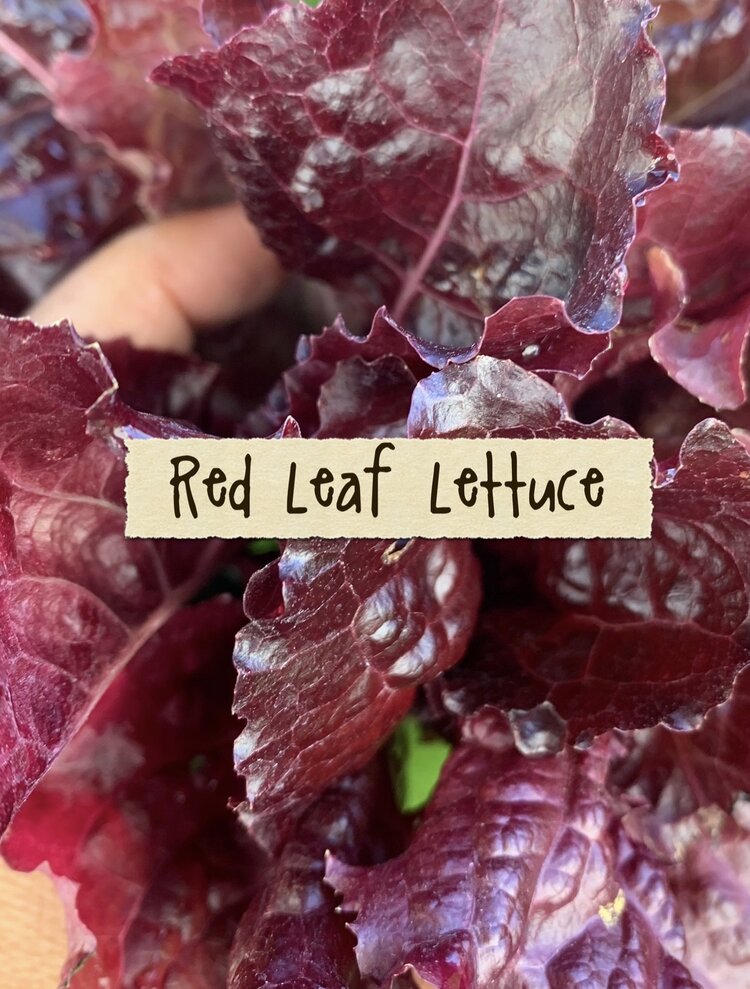
Red Leaf lettuce has antioxidant and anti-inflammatory properties, while also providing support for the immune system, repairing DNA from exposure to toxic chemicals and detoxifying carcinogens (which reduces cancer and heart disease risks).
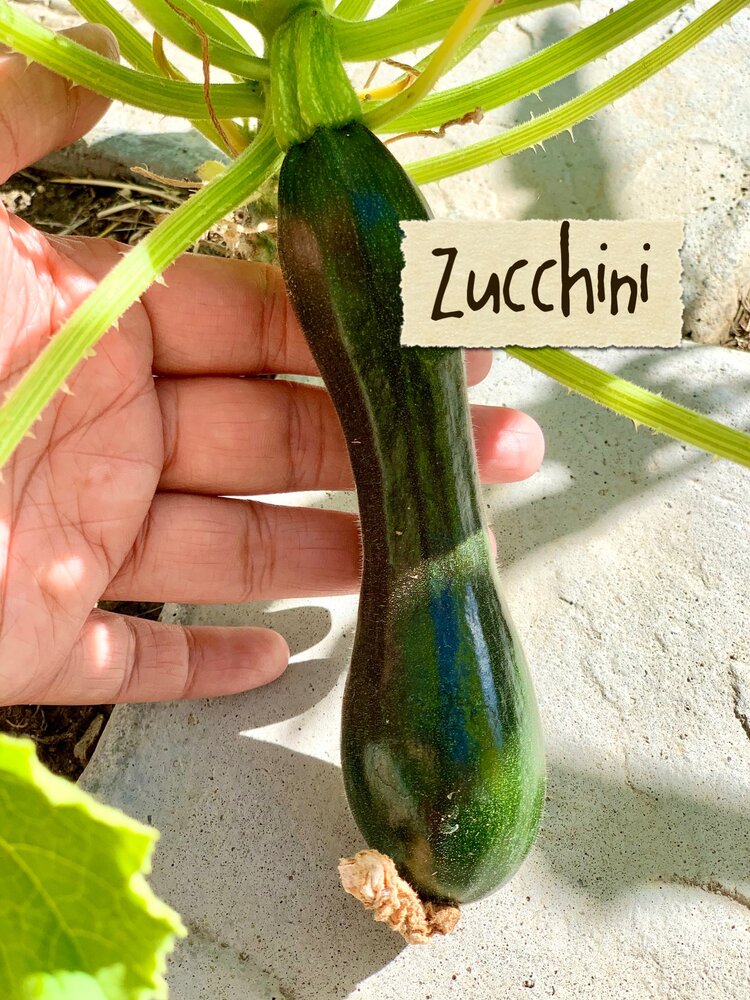
Developed in 19th century Italy, zucchini is high in potassium and the antioxidant vitamin C, which may help the lining of your blood cells function better, lowering blood pressure and protecting against clogged arteries.
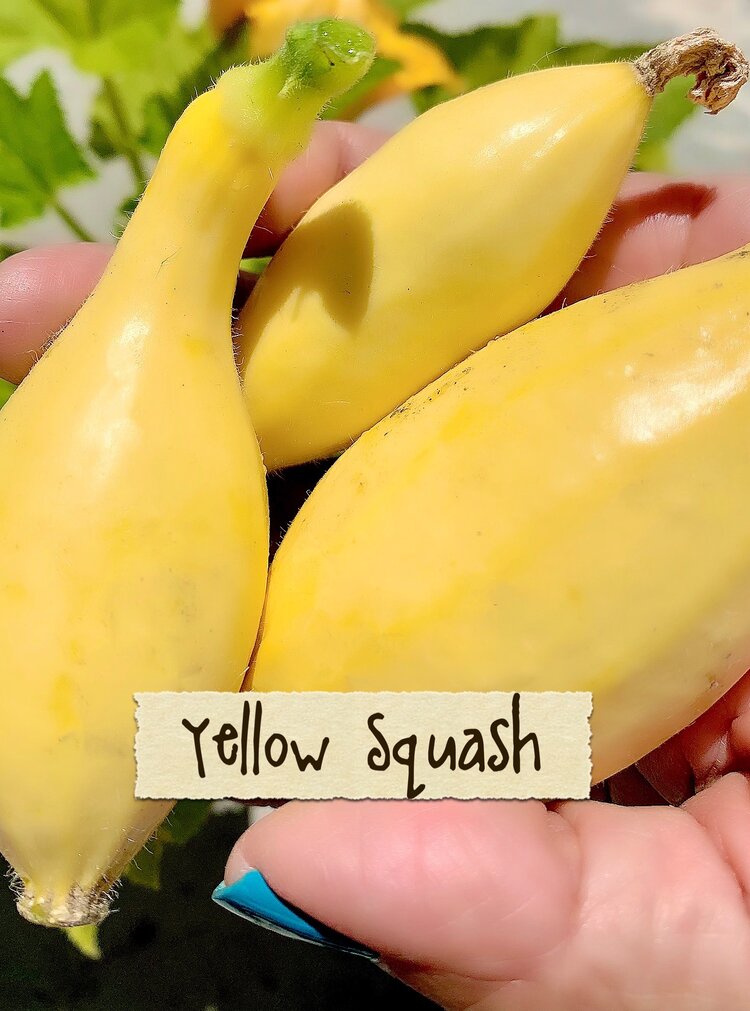
Native to Central America and Mexico, yellow squash is a fiber-filled carotenoid that acts as an antioxidant which protects the body from free radicals, can slow cognitive decline, and can keep your immune system, tissues, mucous membranes, hair, and skin healthy.
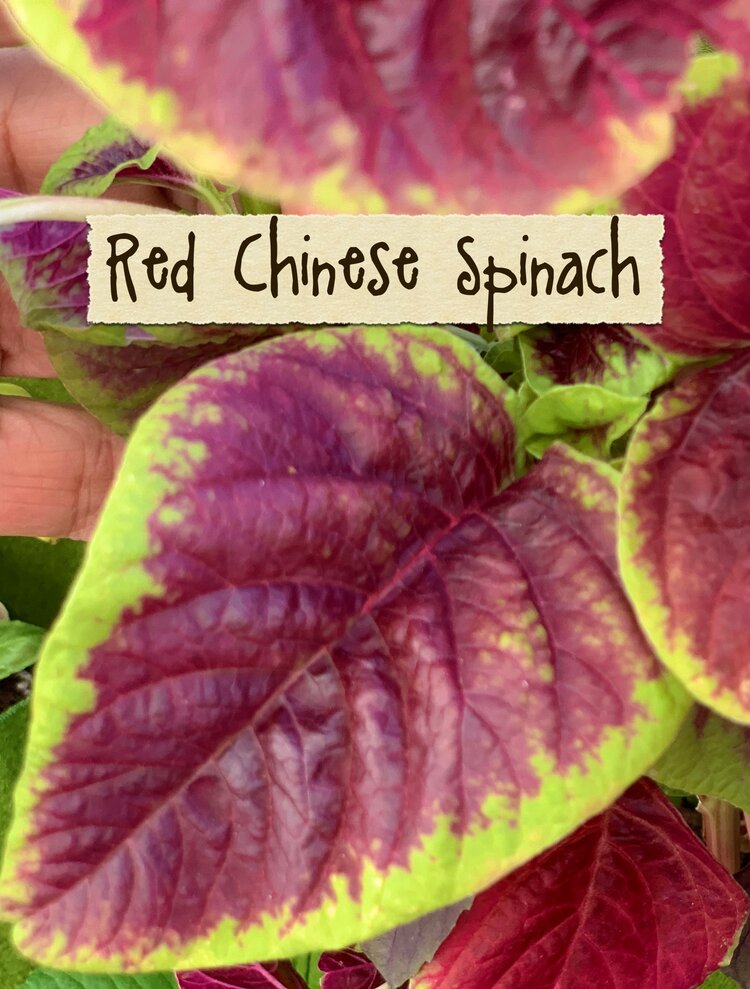
Native to ancient Persia and Nepal, Red Chinese Spinach is high in potassium and contains iron which is essential for your blood health. It is super significant for any endurance activity and even more important to prevent anemia.
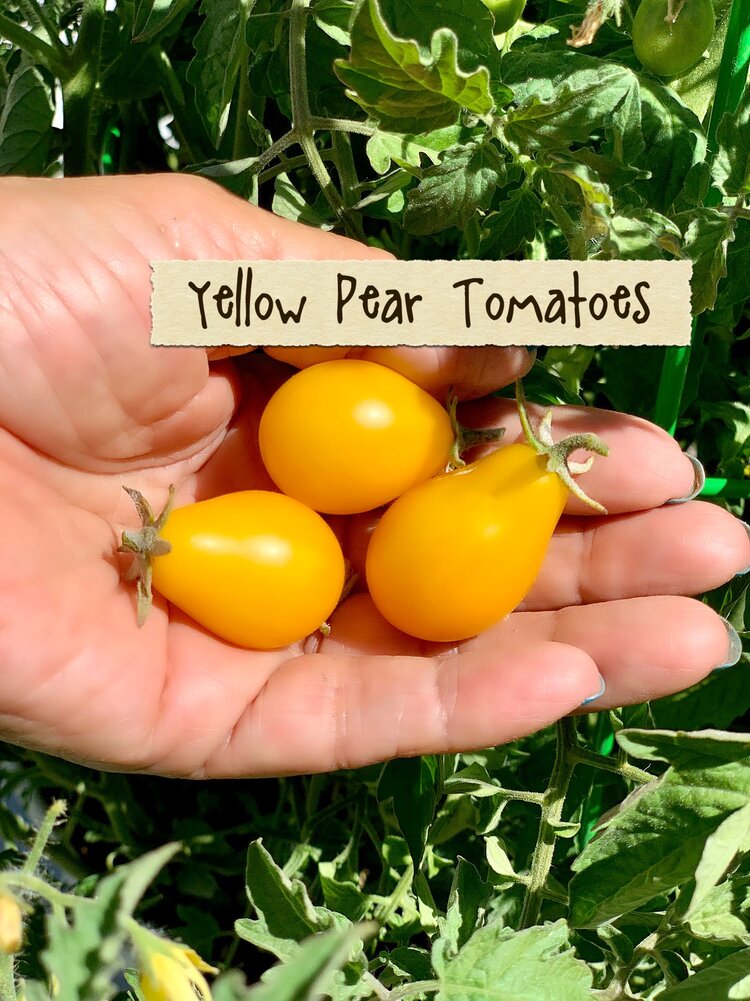
Grown in Europe in 1805, Yellow Pear Tomatoes have a number of health benefits and are proven to reduce your risk of cancer, including prostate cancer and colorectal cancer.

Originally from Italy, first, and France, later, Beefsteak Tomatoes are high in fiber and antioxidants, which neutralize free radicals to stop the condition of oxidative stress.

Native to Southern and Southeastern Asia, Japanese Eggplant has been used by Indian, Chinese and Japanese cooks for thousands of years. They contain fiber, potassium, vitamin C and B6 to support heart health, digestion, and increasing brain function.
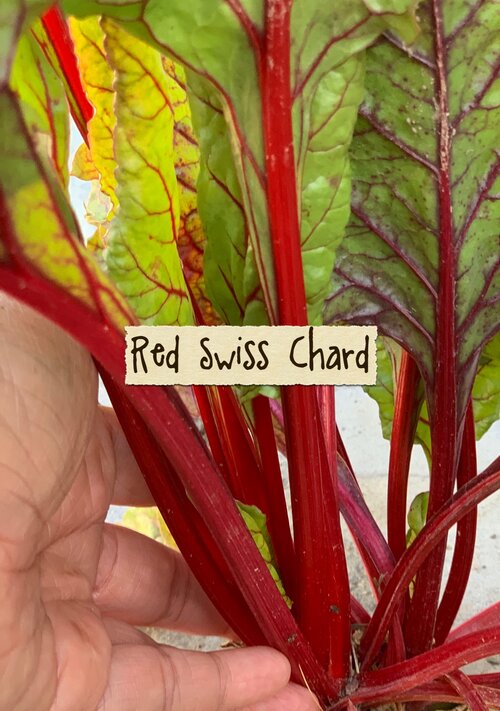
Red Swiss Chard originates from a wild version of the beet that naturally grew in the Mediterranean. Also considered the ultimate superfood of vitamins K, C, and A, this chard is packed with disease fighting antioxidants.
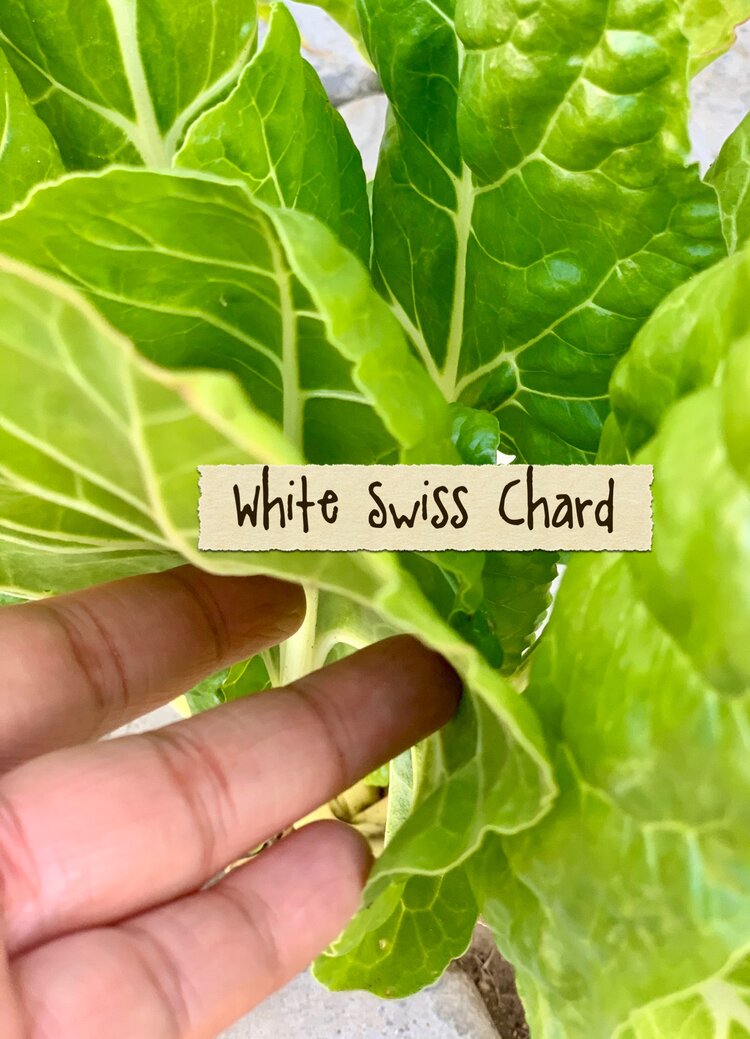
A natural anti-inflammatory, White Swiss Chard is native to southern Europe. This ultimate superfood can help to combat cancer, reduce blood pressure, and enhance performance in sports.
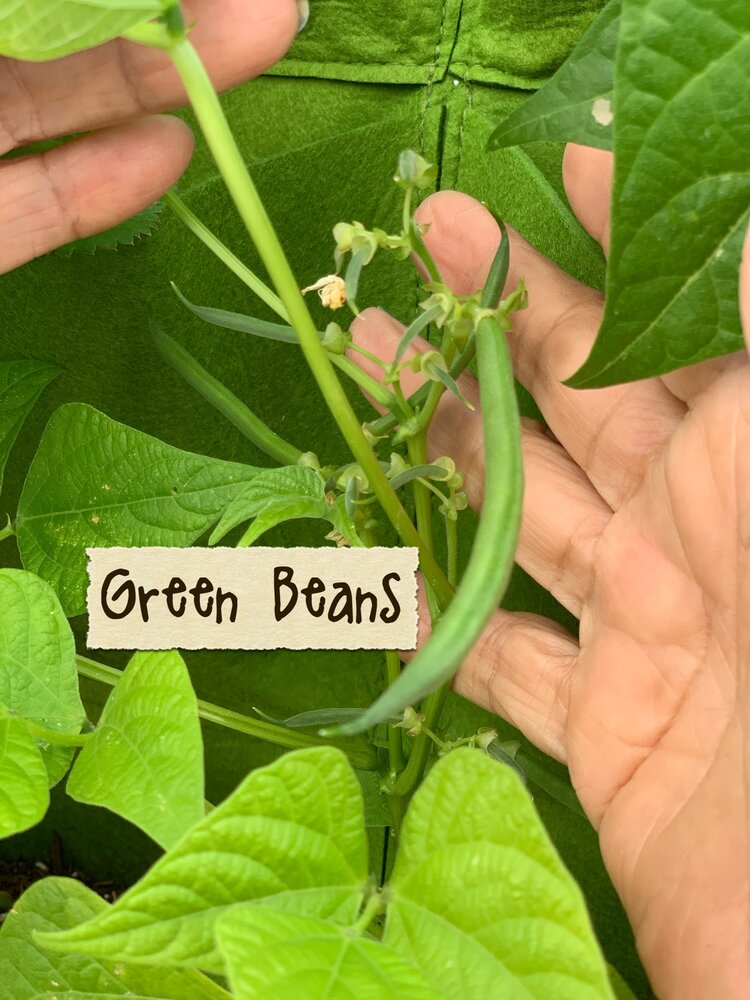
Green beans originated in Peru and spread to South and Central America by way of migrating Indian tribes. Green beans are a good source of minerals, especially manganese, which supports metabolism, bone health and wound healing.
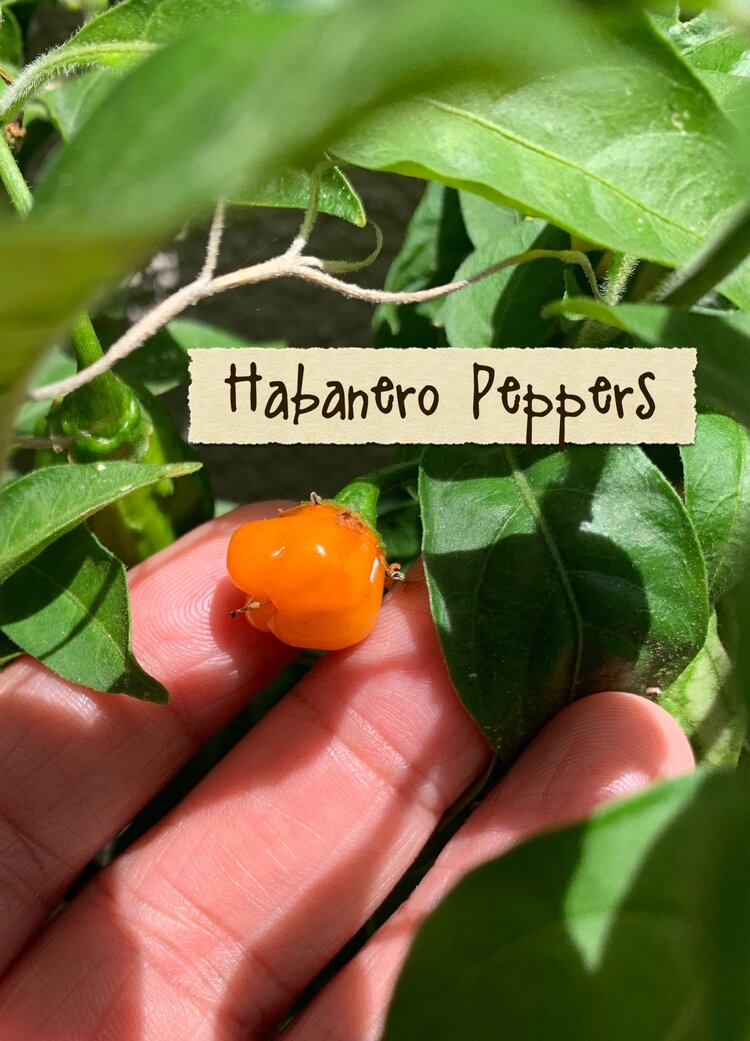
The habanero chili comes from the Amazon in Peru, from which it was spread, reaching Mexico. The chili lowers bad cholesterol, reduces high blood pressure, and fights weight gain.
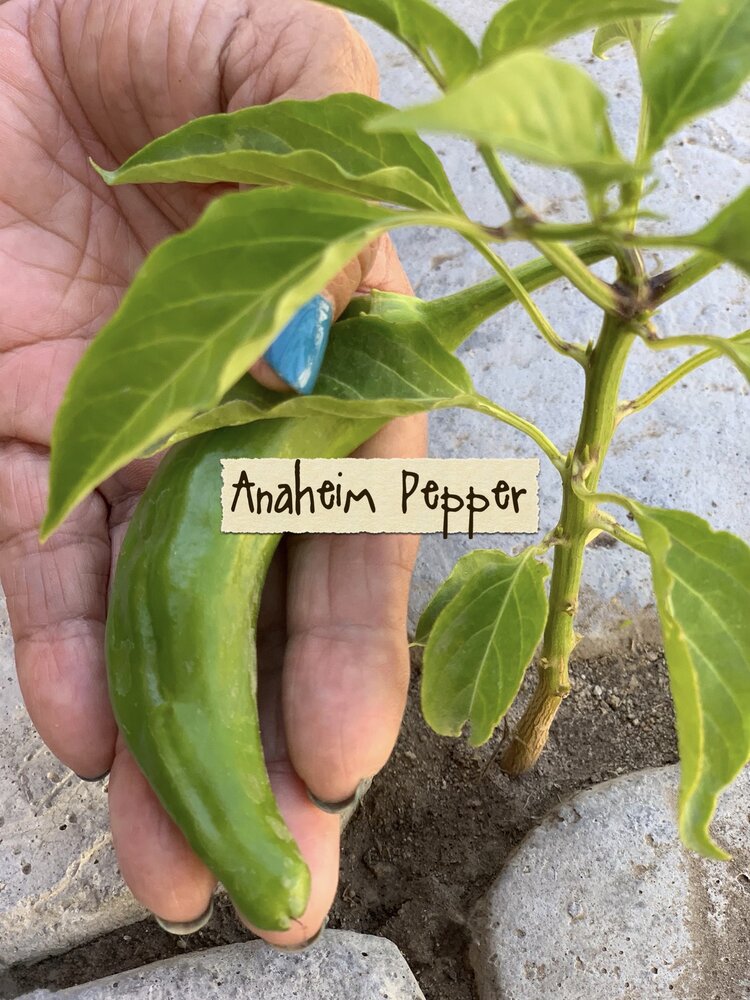
Originating in New Mexico, Anaheim peppers have a number of compounds that can help to reduce your risk of heart disease and diabetes.
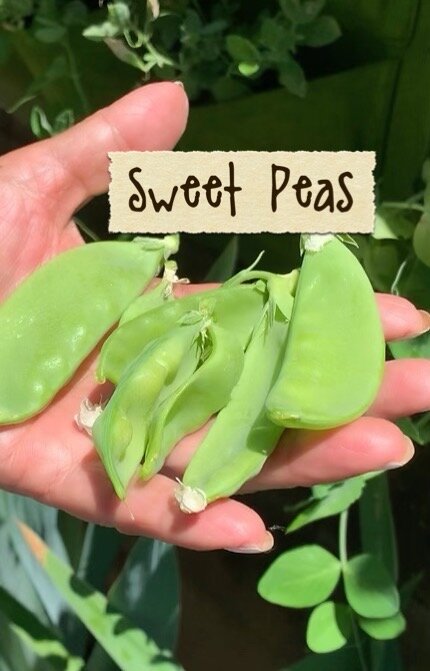
Originating from the U.K., Southern Italy, sweet peas are high in potassium, iron, magnesium, manganese, folate, and B-vitamins.
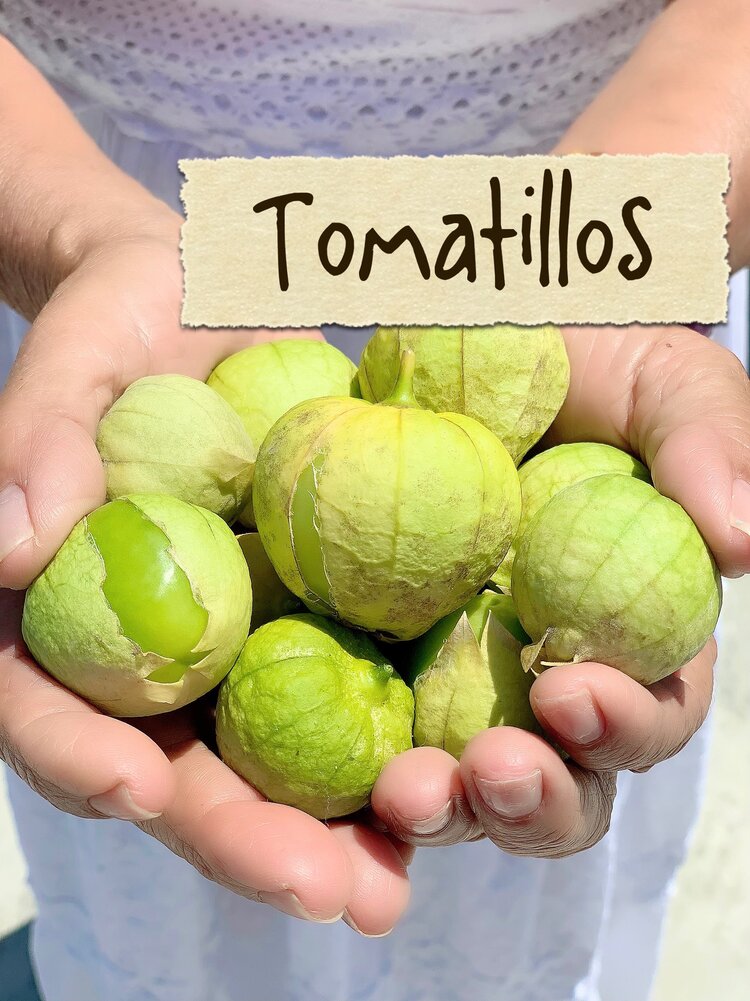
Native of Mexico. Tomatillos benefit diabetes patients, helps to lower blood pressure, can be used for weight loss management; enhance the energy level of the body including other health advantages.
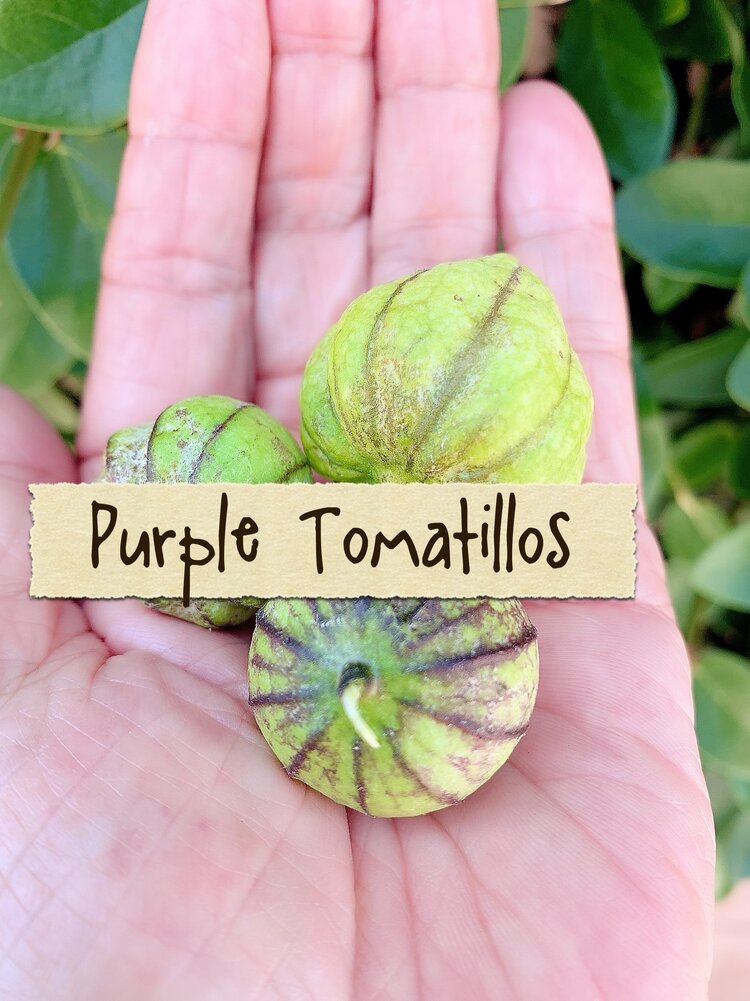
Native of Mexico. Purple tomatillos are good for diabetes patients, helps to lower blood pressure, can be used for weight loss management; enhance the energy level of the body including other health advantages.
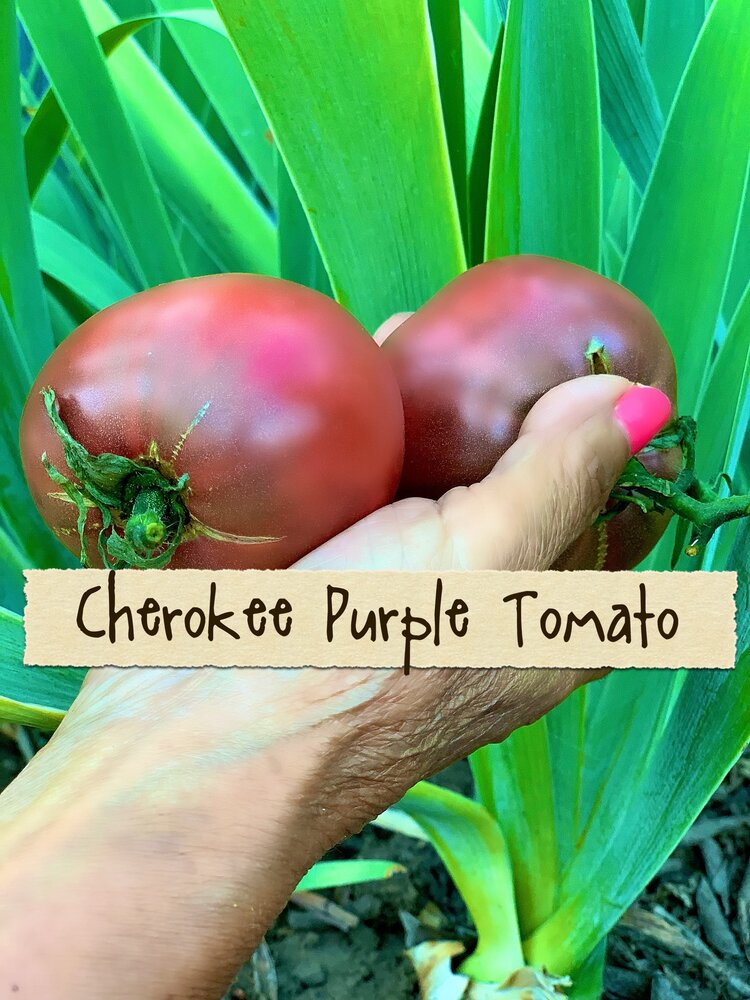
Originally from Tennessee, United States, the Cherokee Purple Tomato is know for its dusty rose-brown fruits and their delicious sweet flesh. Good source of heart-healthy magnesium and potassium, niacin, and vitamin E. Studies have also indicated that tomato-containing diets are linked with a reduced risk of obesity.
Fruit
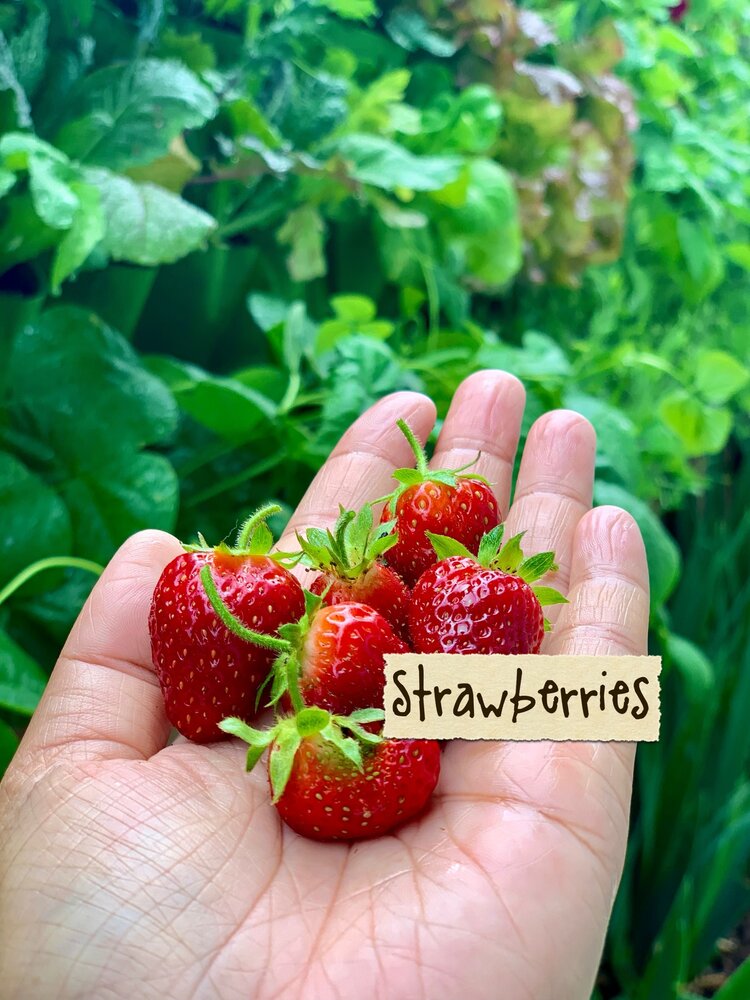
Originally grown in Brittany, France, during the late 18th century, Strawberries are very rich in antioxidants and plant compounds, which may have benefits for heart health and blood sugar control.
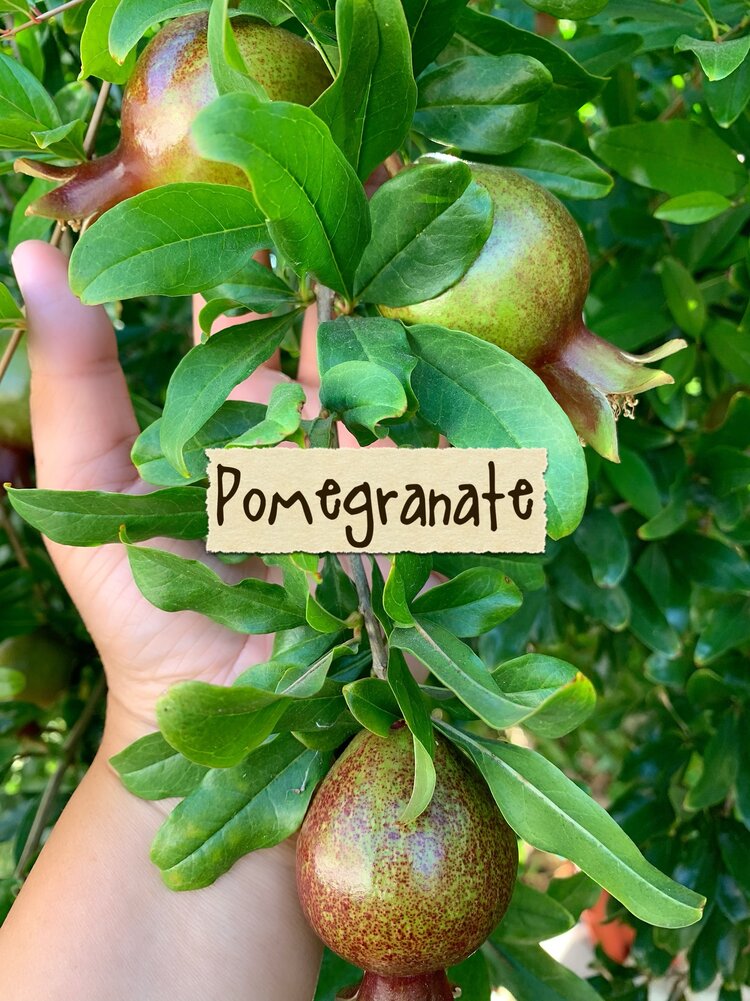
Native from Iran to the Himalayas in northern India, the pomegranate has been used in natural and holistic medicine to treat sore throats, coughs, urinary infections, digestive disorders, skin disorders, arthritis, and to expel tapeworms.
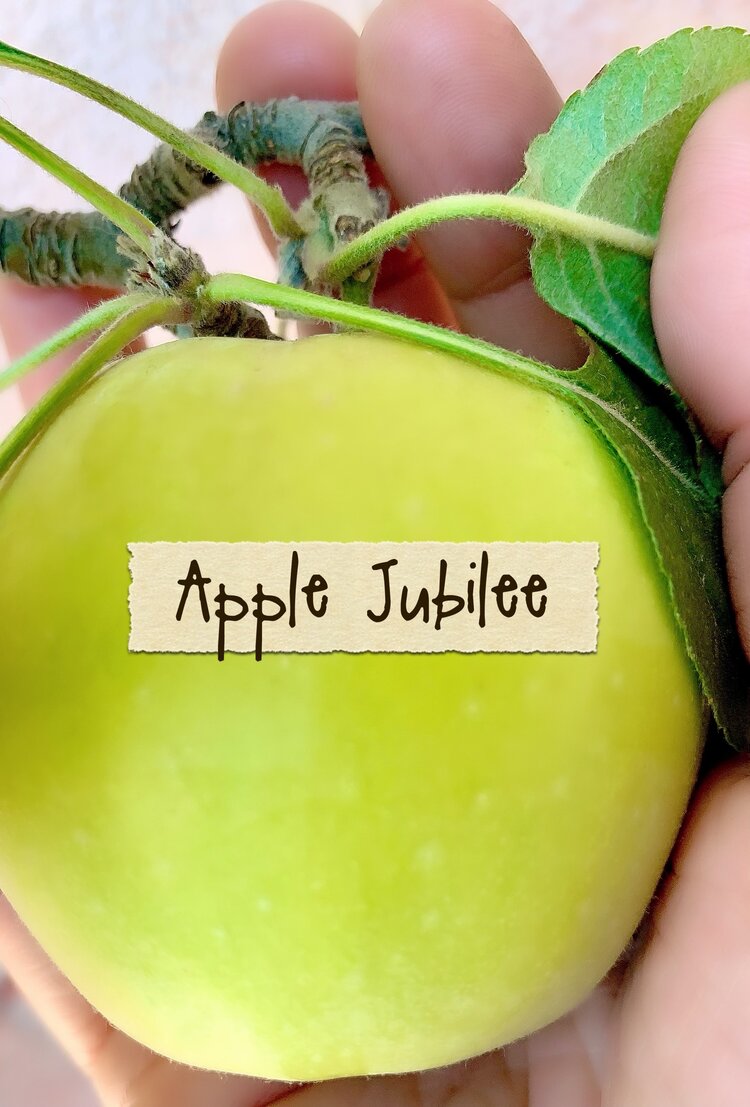
Jubilee apple is a modern cultivar of dessert apple, which was developed in the Canadian province of British Columbia. Apples are rich in fiber as well as phytonutrients and antioxidants.
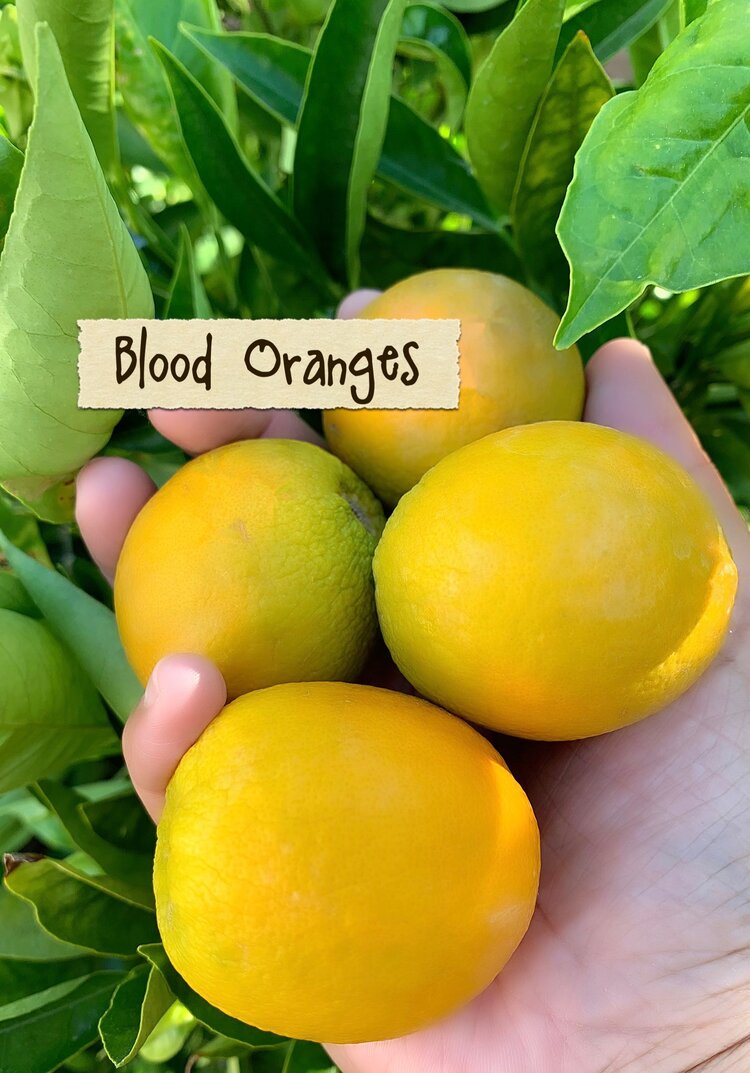
Blood oranges originated in the southern Mediterranean and have been shown to improve cardiovascular health, protect from UV damage and other sources of free radicals including pollution, certain recreational activities and physical exercise.
Herbs
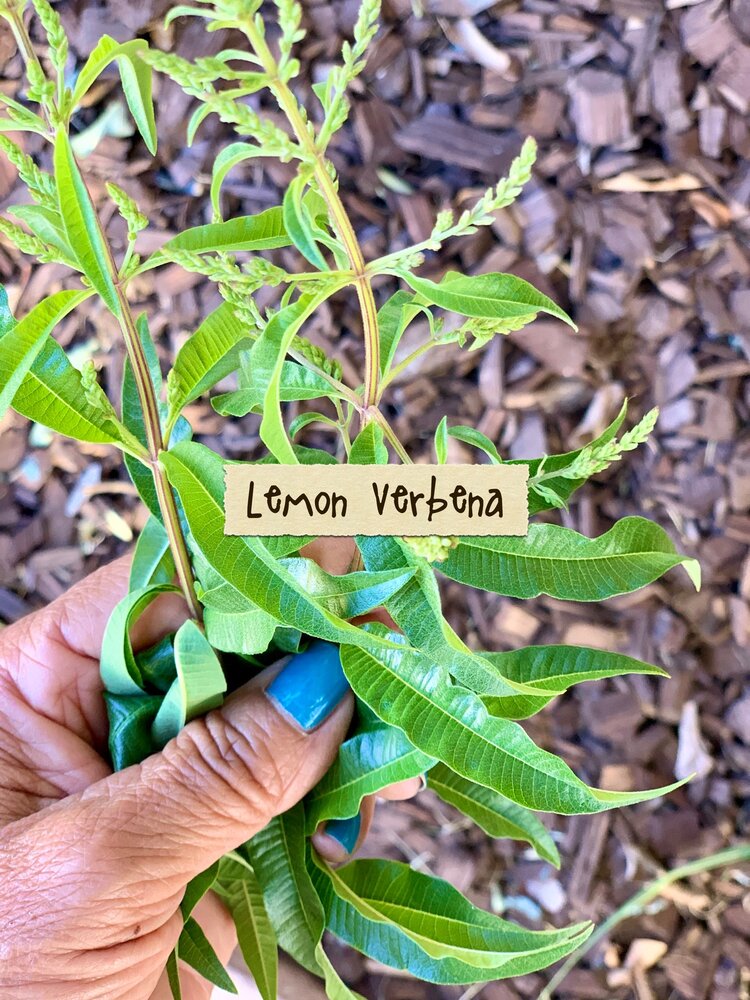
Native to south America, Lemon verbena is used for digestive disorders including indigestion, gas, colic, diarrhea, and constipation. It is also used for agitation, joint pain, trouble sleeping (insomnia), asthma, colds, fever, hemorrhoids, varicose veins, skin conditions, and chills.
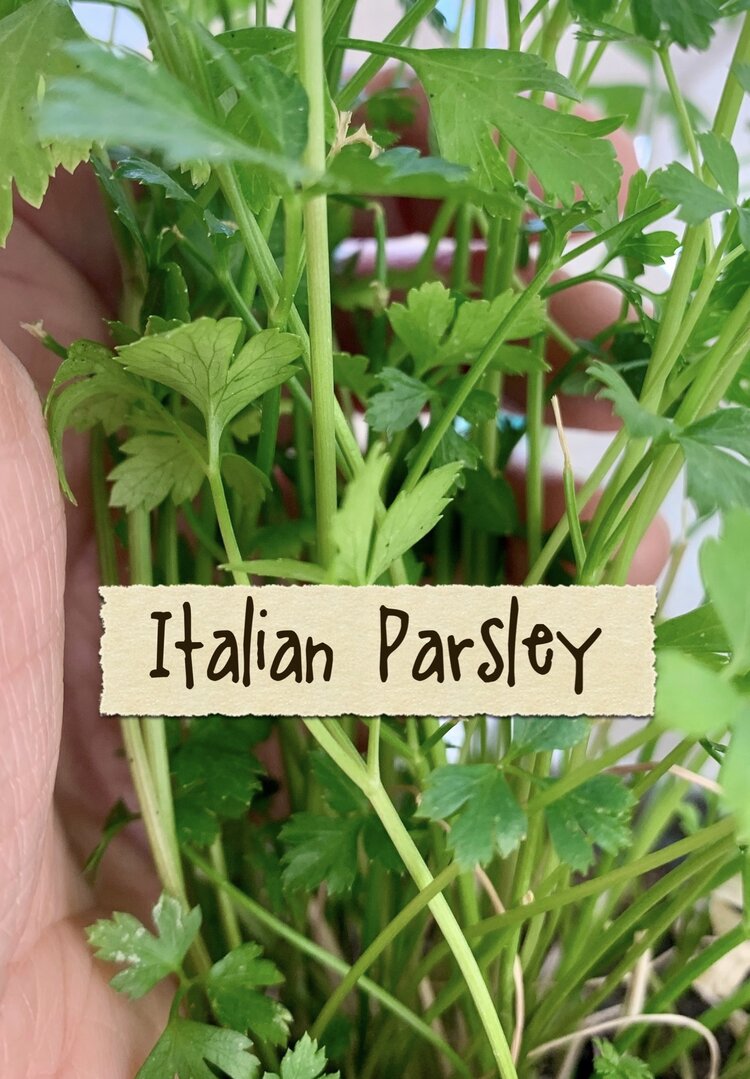
Parsley is native to the Mediterranean region of southern Europe and western Asia. Some people take parsley by mouth for bladder infections (UTIs), kidney stones (nephrolithiasis), gastrointestinal (GI) disorders, constipation, diabetes, cough, asthma, and high blood pressure.
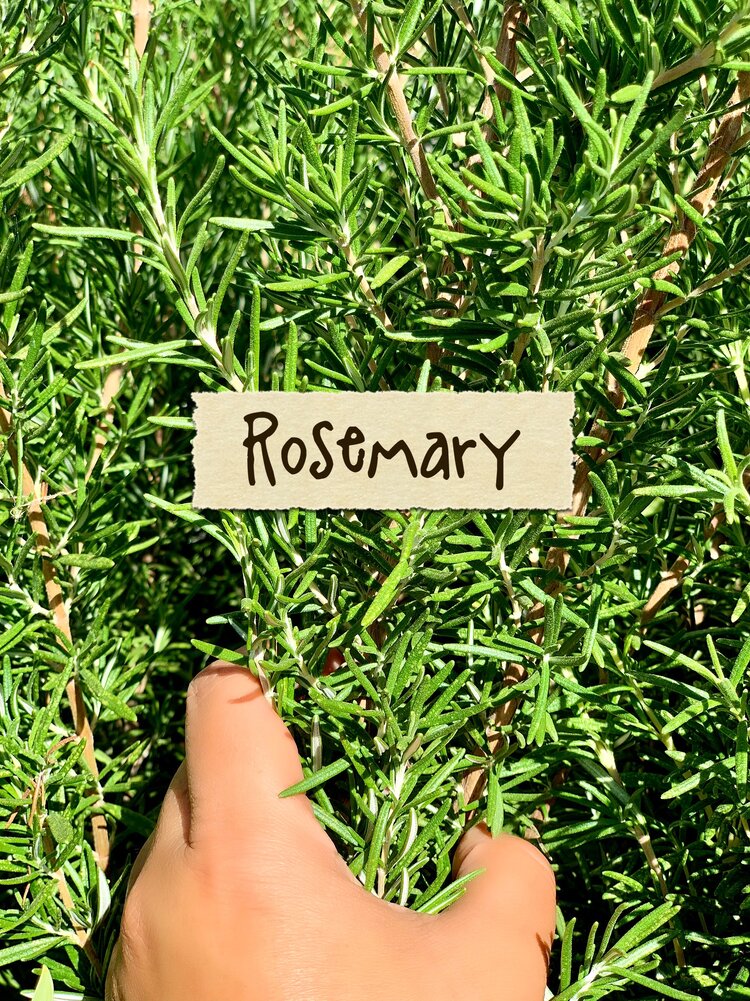
Native to the Mediterranean area when it was used as a culinary and medicinal herb by the ancient Greeks and Romans, Rosemary was traditionally used to help alleviate muscle pain, improve memory, boost the immune and circulatory system, and promote hair growth.
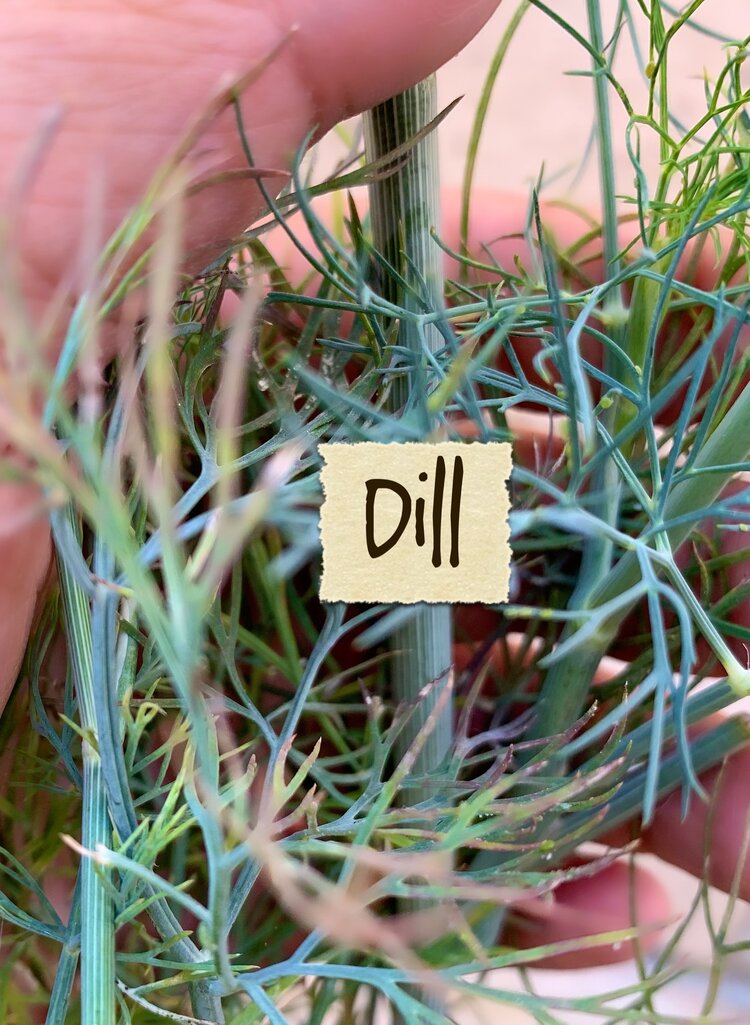
Native to Nordic and Eastern European culinary traditions, dill include treatment of fever and colds, cough, bronchitis, hemorrhoids, infections, spasms, nerve pain, genital ulcers, menstrual cramps, and sleep disorders. Dill seed is sometimes applied to the mouth and throat for pain and swelling (inflammation).
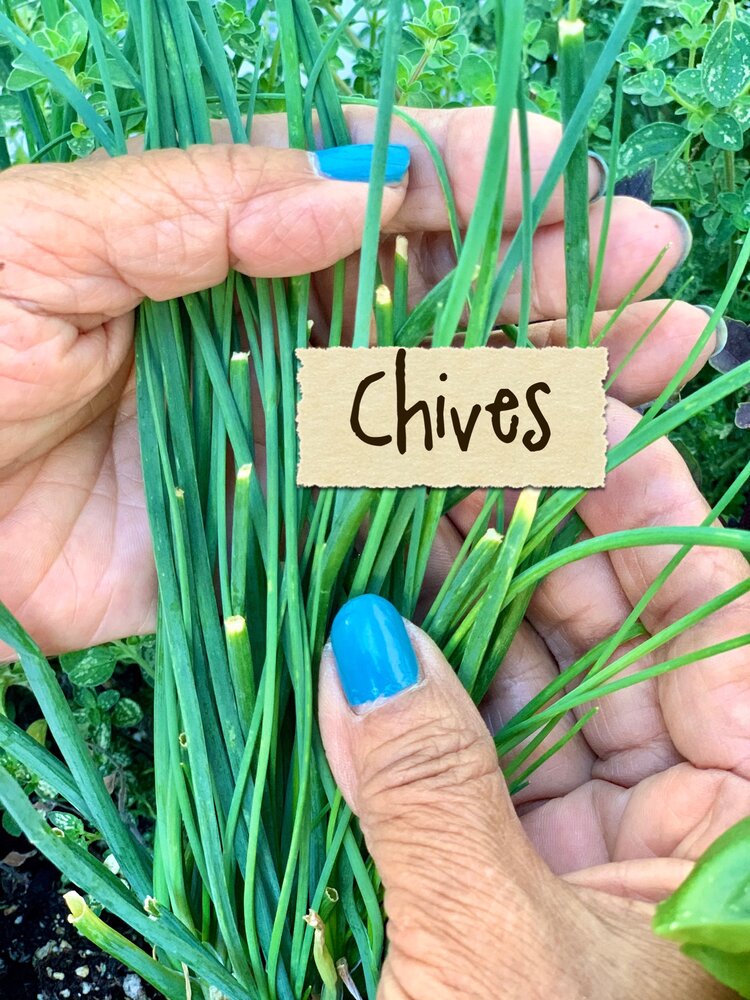
A member of the onion family native to Asia and Europe, chives have a beneficial effect on the digestive system and the blood circulation. It improves the appetite, is digestive, hypotensive and tonic.
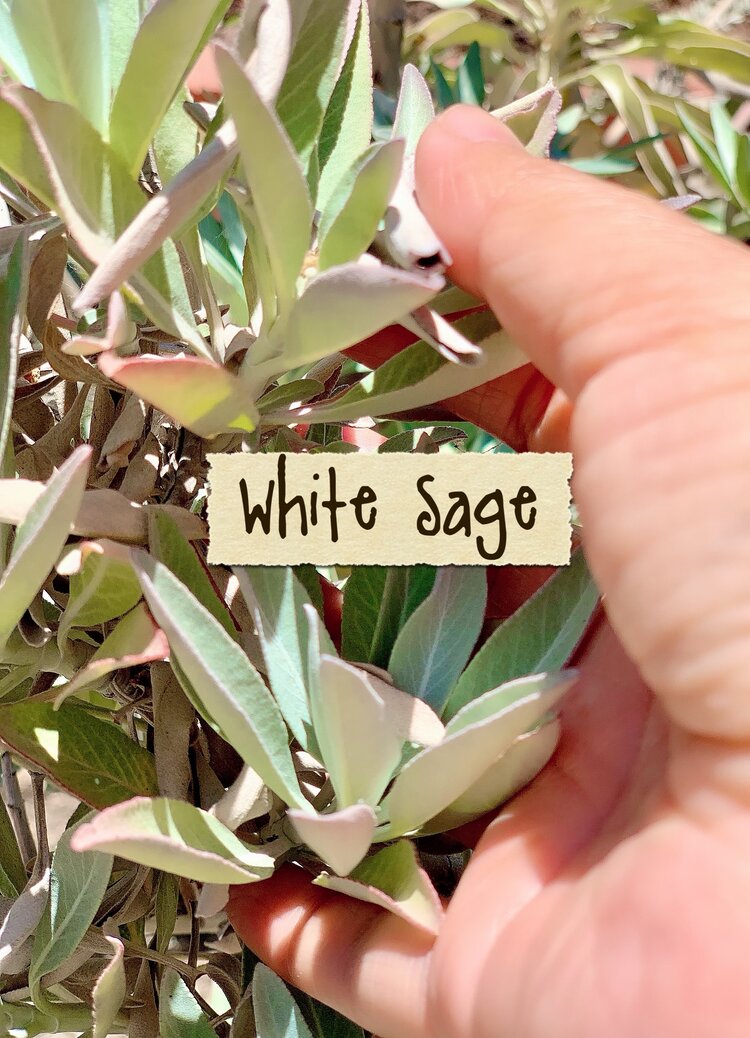
Used traditionally by Native Americans as a spiritual cleansing tool, White sage is very popular and has been used throughout history for cleansing and purification purposes. Best known for its antimicrobial and antibacterial properties as well as treating sweats, colds and sinus infections.
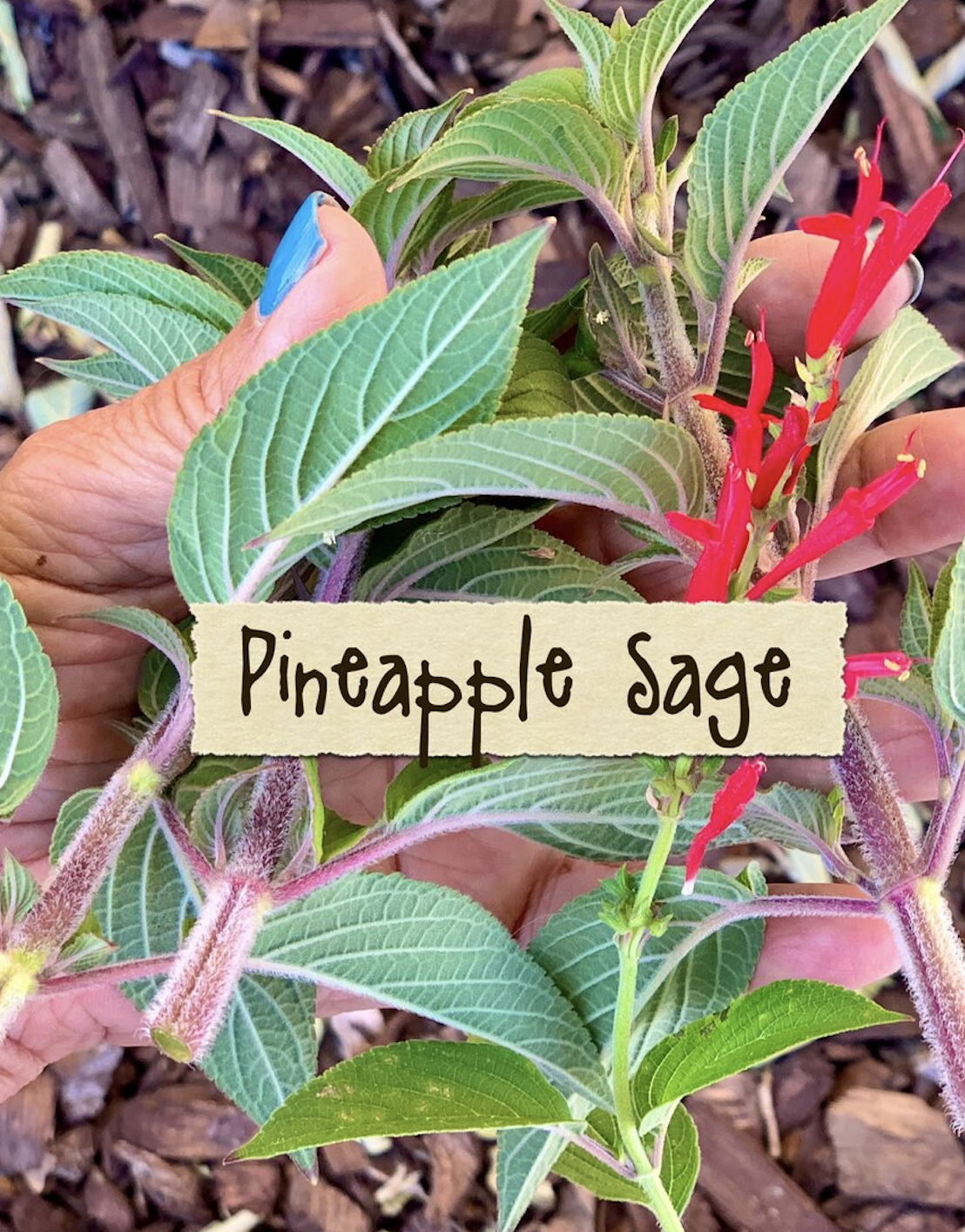
Native to Mexico and Guatemala’s Sierra Madre del Sur mountains, pineapple sage tea can calm your nerves, and like many of its mint cousins it aids in digestion and is good for settling an upset stomach.
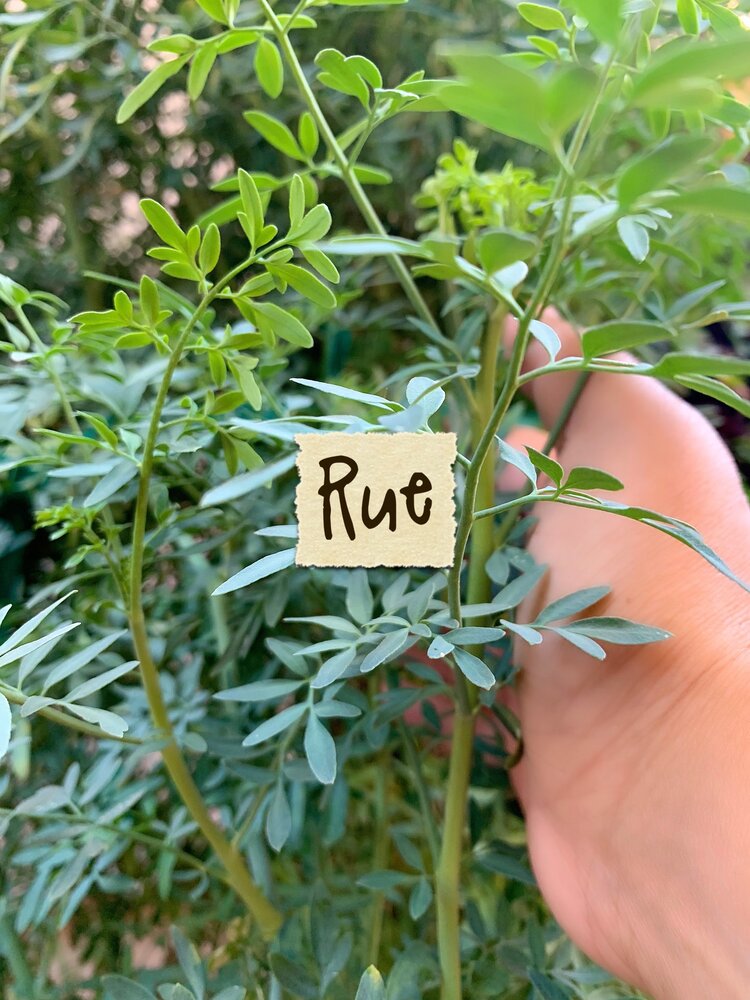
Native to Eurasia and the Canary Islands, early physicians considered rue an excellent protection against plagues and pestilence, and used it to ward off poisons and fleas.
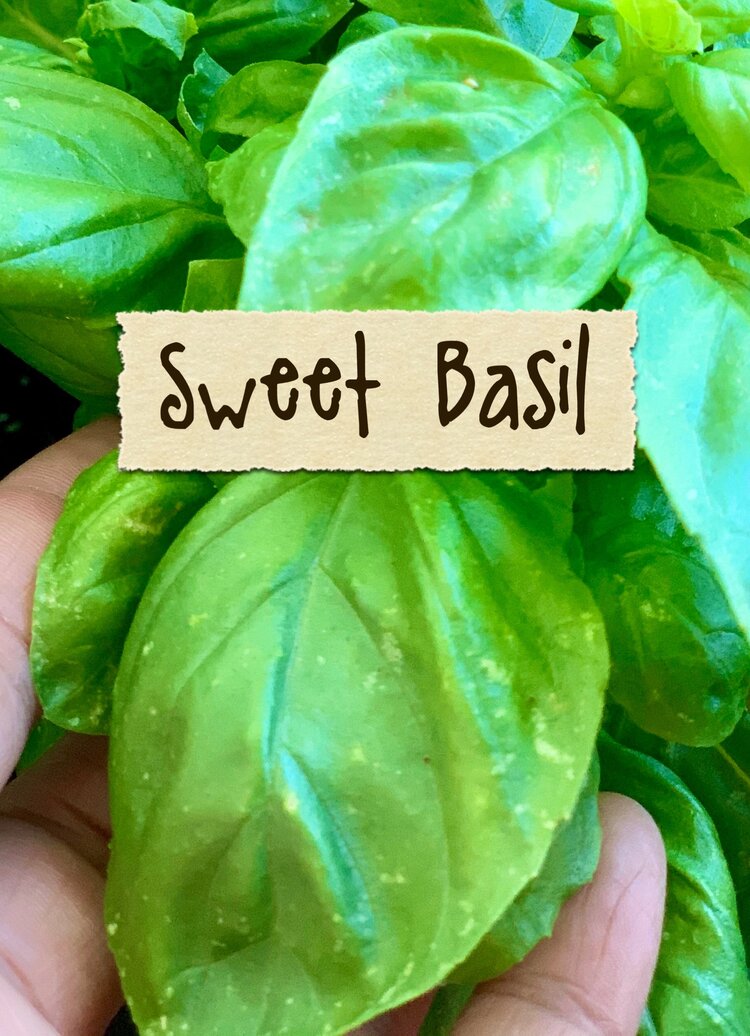
With origins in India, Basil is used for stomach spasms, loss of appetite, intestinal gas, kidney conditions, fluid retention, head colds, warts, and worm infections. It is also used to treat snake and insect bites.
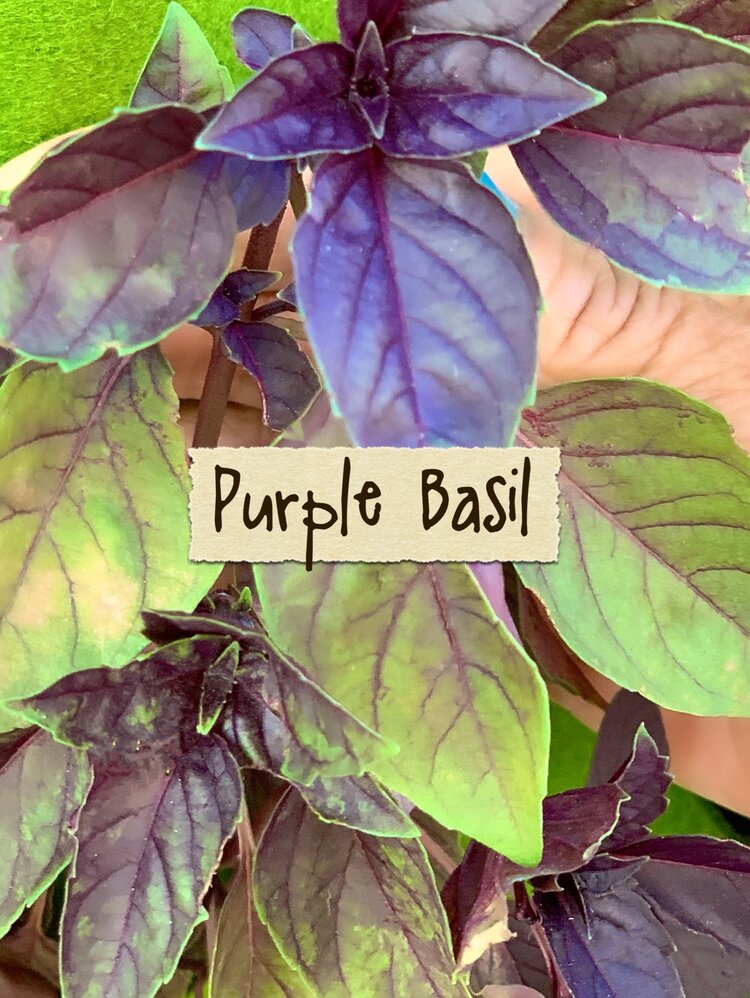
Native to North America, Purple Basil is used for stomach spasms, loss of appetite, intestinal gas, kidney conditions, fluid retention, head colds, warts, and worm infections. It is also used to treat snake and insect bites. Women sometimes use basil before and after childbirth to promote blood circulation, and also to start the flow of breast milk.
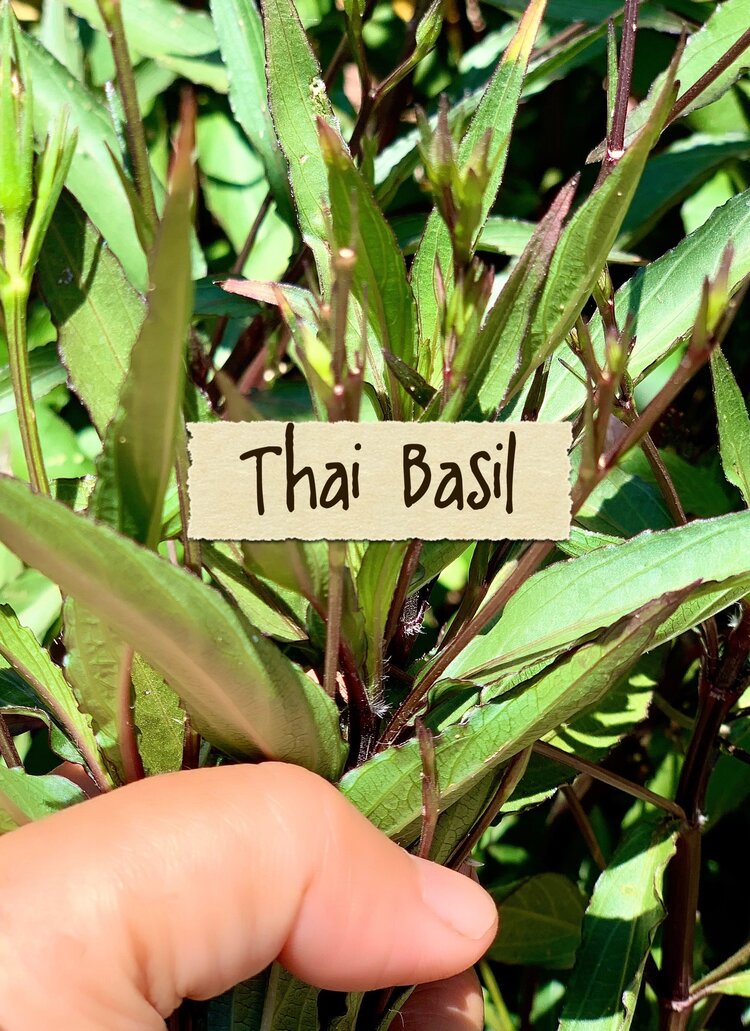
Thai basil is a licorice-flavored herb native to Southeast Asia and is a great and excellent source of vitamins and essential nutrients.
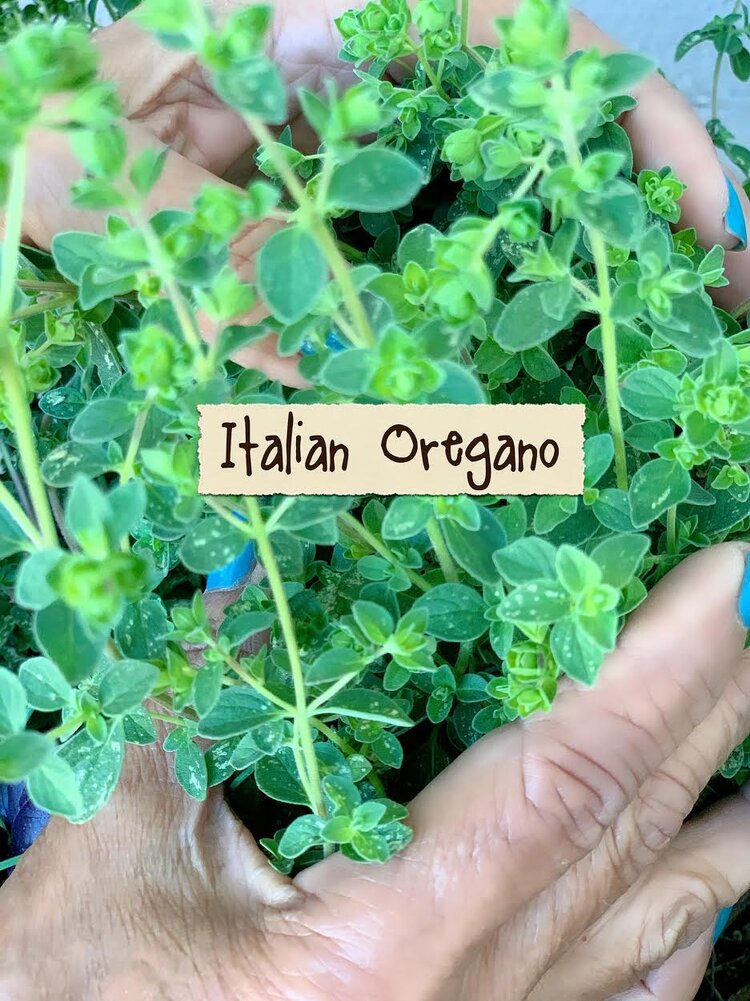
Native to the Mediterranean region, Italian Oregano has been used for centuries in herbal medicine to treat many ailments, including skins sores, aching muscles and asthma.
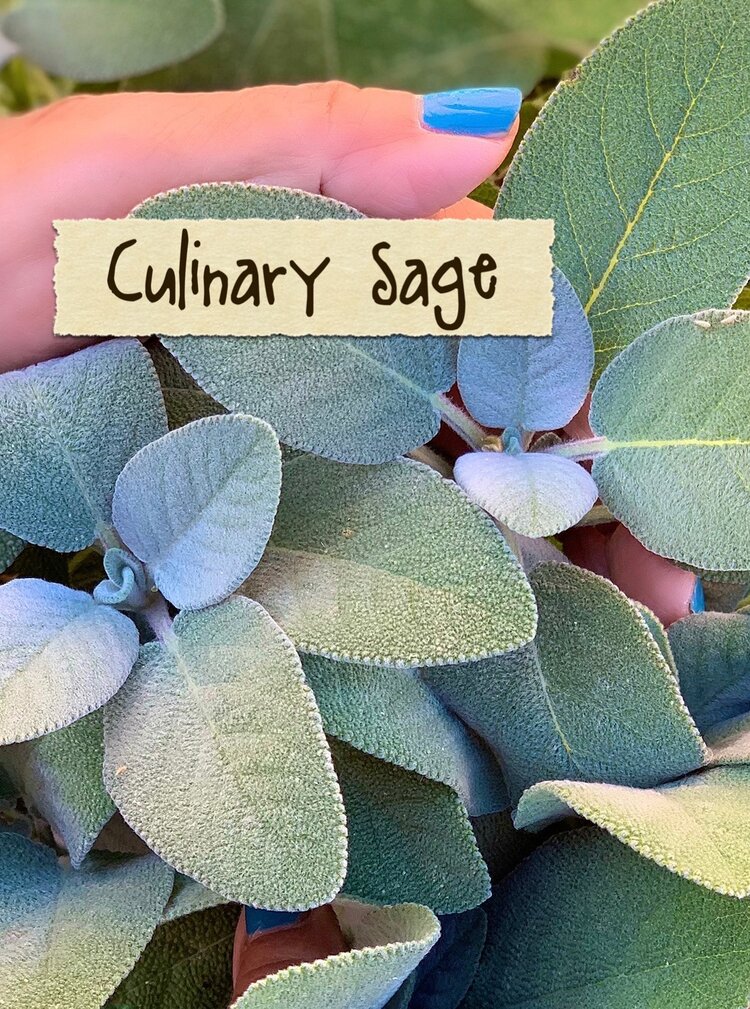
The Egyptians used sage for fertility, while in France, sage was grown prolifically and used in tea. Romans used sage as a meat preservative. Sage is used for digestive problems, including loss of appetite, stomach pain, diarrhea, bloating, and heartburn. It is also used for reducing overproduction of perspiration and saliva; and for depression, memory loss, and Alzheimer’s disease.
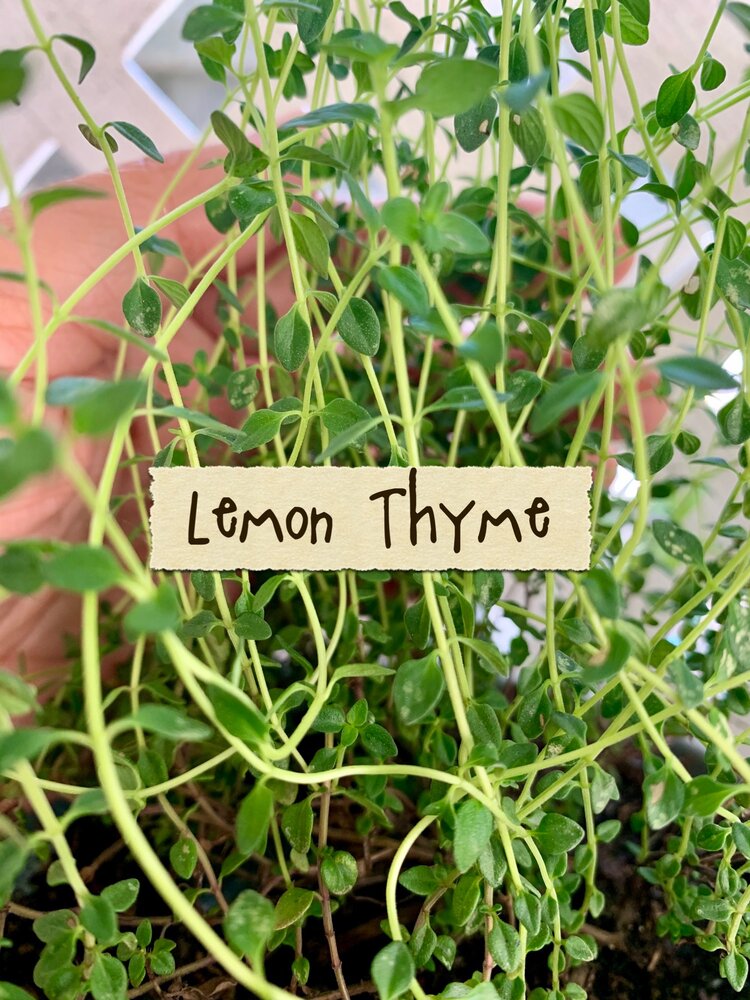
Native to southern Europe, Asia and northern Africa, lemon thyme is packed with vitamin C and is also a good source of vitamin A. If you feel a cold coming on, thyme can help get you back in good health. It is also a good source of copper, fiber, iron, and manganese.
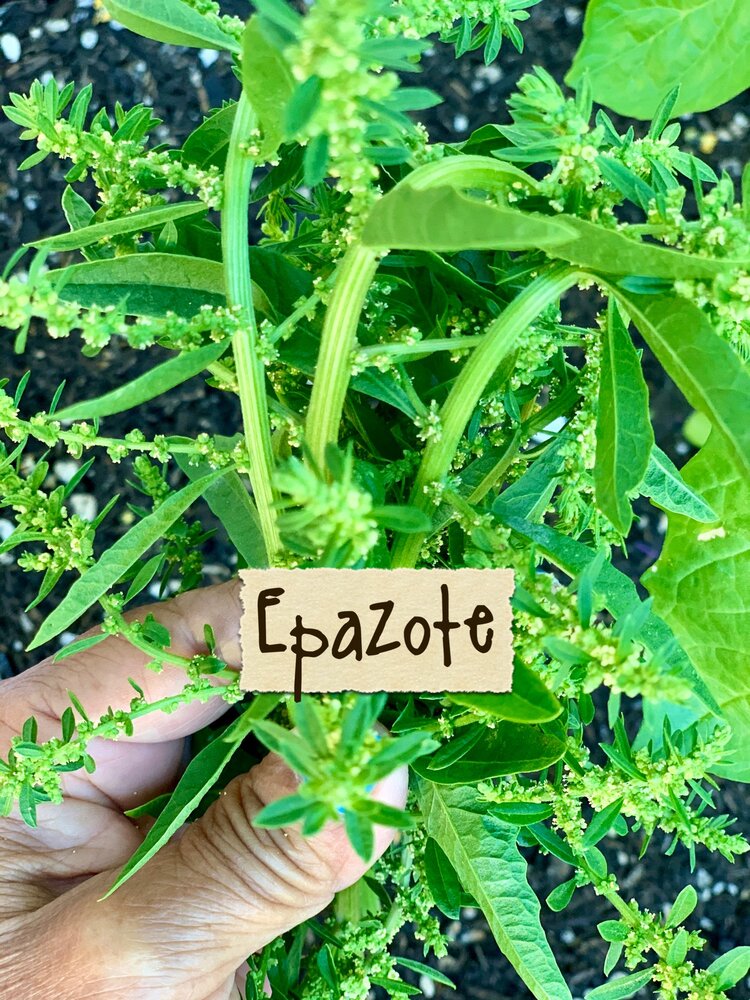
Native to Mexico, Epazote was used by the Aztecs as a medicine as well as a culinary herb. Epazote is an excellent remedy for stomach and intestinal ailments like indigestion, cramps, and ulcers.
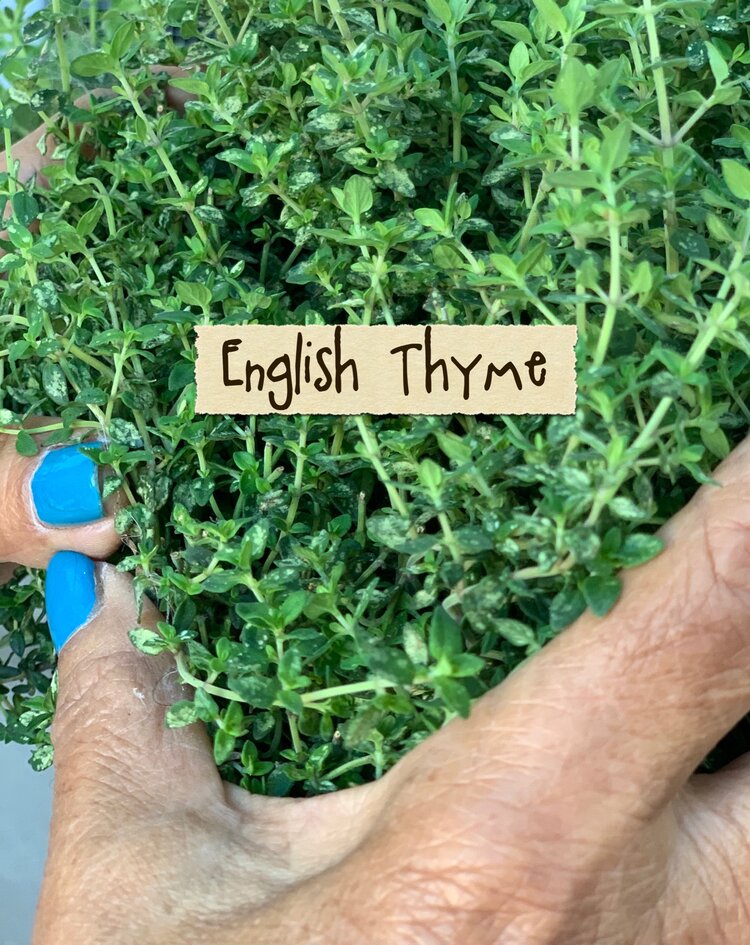
Native to southern Europe, Asia and northern Africa, Thyme is packed with vitamin C and is also a good source of vitamin A. If you feel a cold coming on, thyme can help get you back in good health. It is also a good source of copper, fiber, iron, and manganese.

Native to southern Europe, Asia and northern Africa, french thyme is packed with vitamin C and is also a good source of vitamin A. If you feel a cold coming on, thyme can help get you back in good health. It is also a good source of copper, fiber, iron, and manganese.
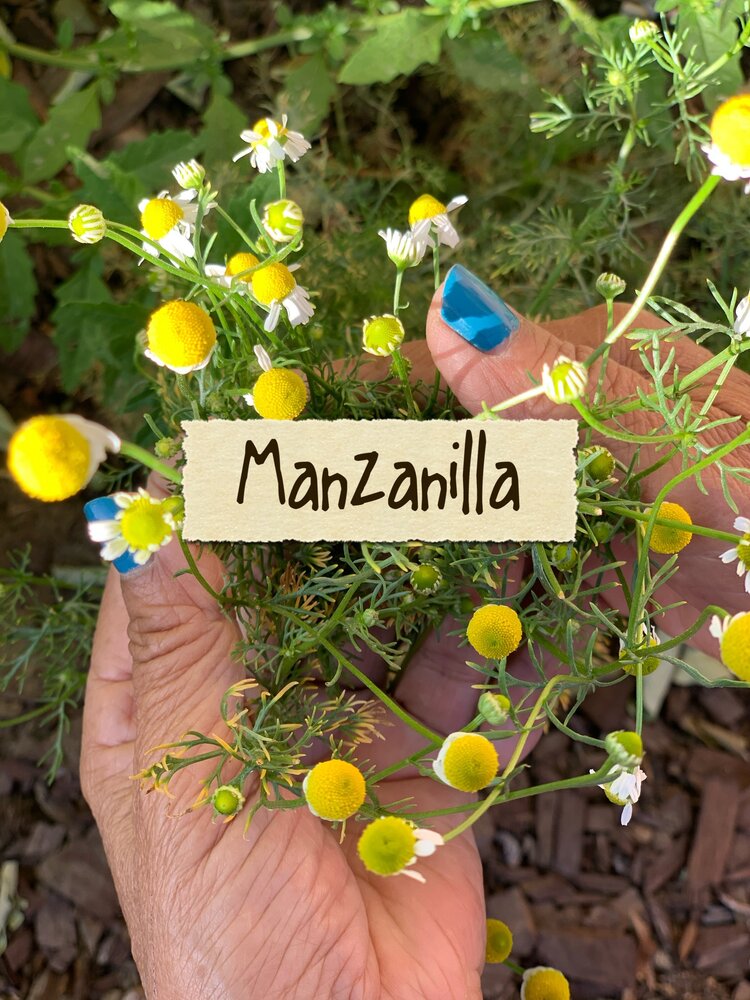
Prescribed as a cold remedy in ancient Egypt, also called Chamomile, this herbal tea can calm stomach upset, relieve anxiety, improve sleep, and even reduce muscle spasms or flatulence.
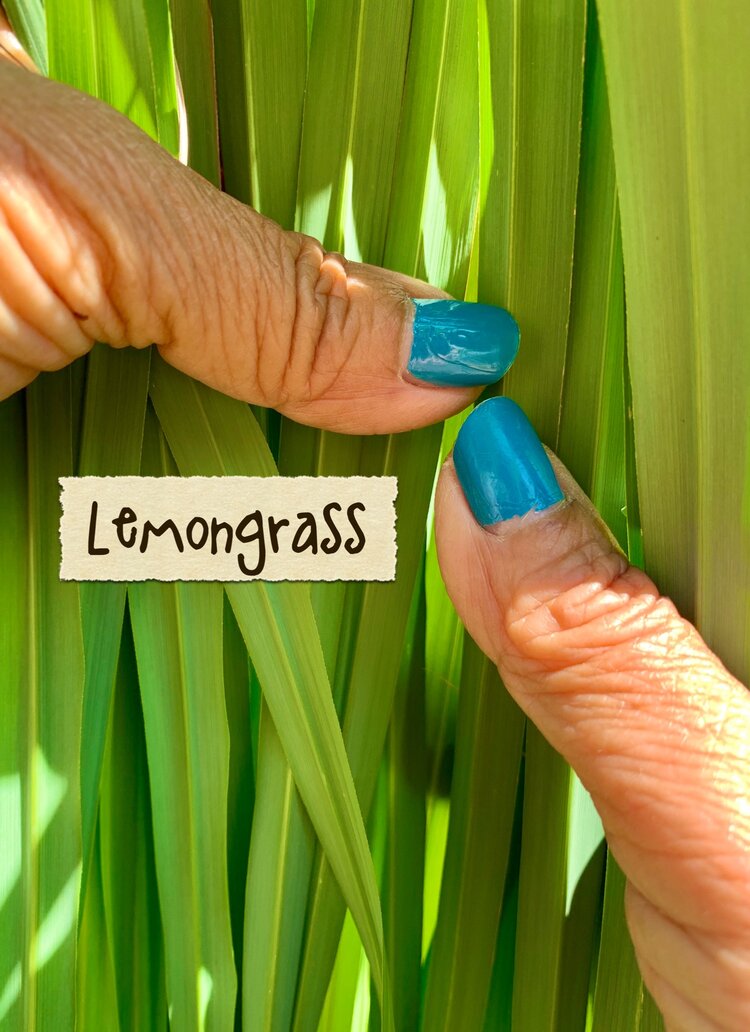
Native to South India, Lemongrass is used for treating digestive tract spasms, stomachache, high blood pressure, convulsions, pain, vomiting, cough, achy joints, fever, the common cold, and exhaustion. It is also used to kill germs and as a mild astringent.
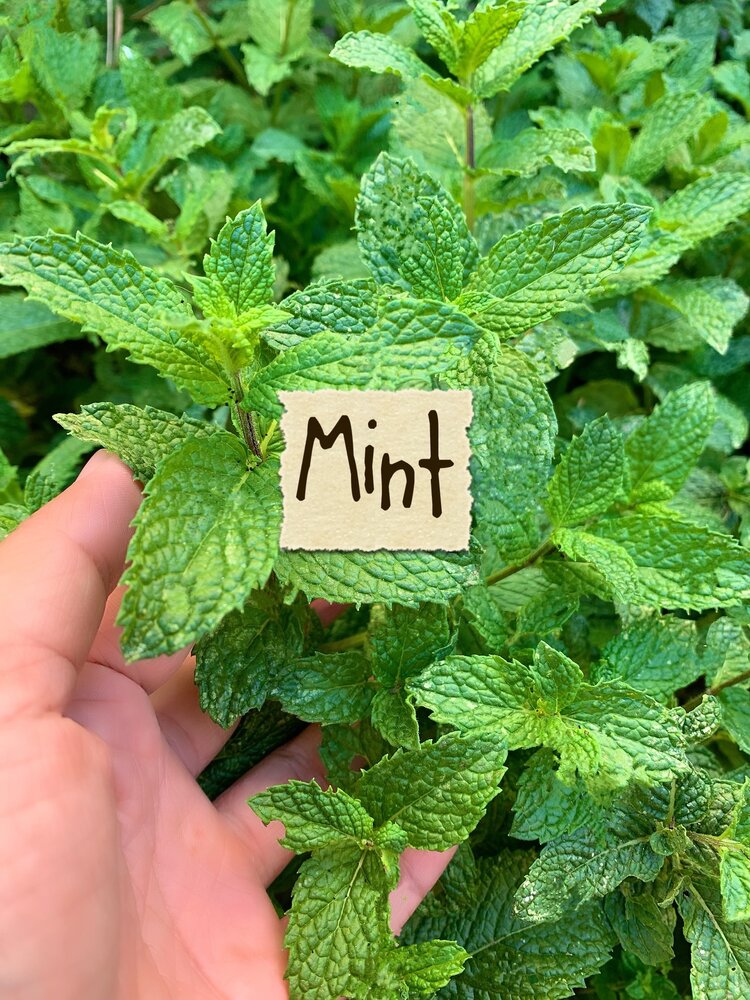
Native to ancient Greece, Mint has been long known as an herbal remedy, easing stomachs, calming stress and anxiety, and promoting restful sleep.
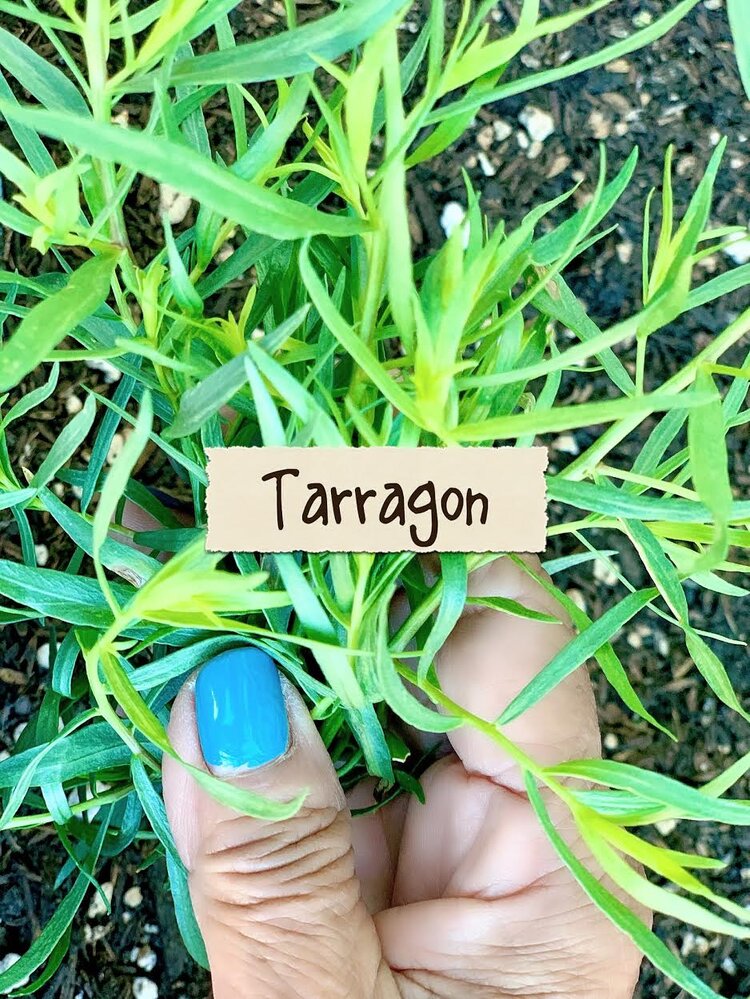
Native to Siberia and Mongolia, Tarragon is used to treat digestion problems, poor appetite, water retention, and toothache; to start menstruation; and to promote sleep.
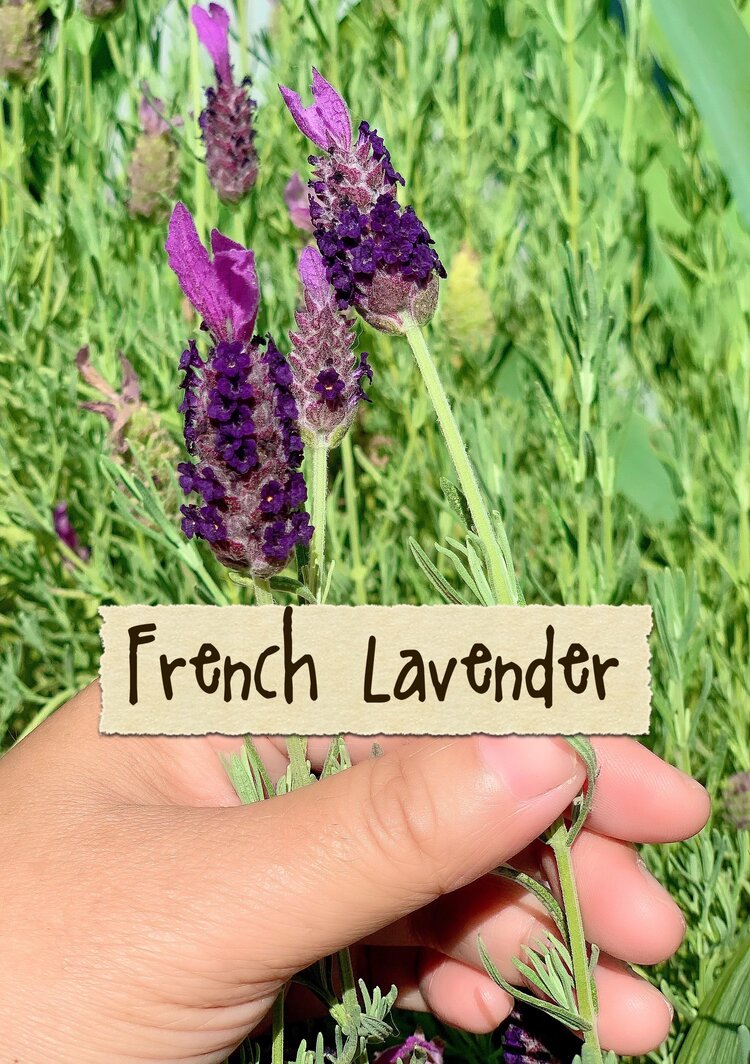
In Medieval and Renaissance France, women who took in washing for hire were known as “lavenders.” Clothes were washed in lavender and laid to dry on lavender bushes. Lavender was used to scent drawers, perfume the air and ward off infection and heal wounds. Lavender is commonly used for anxiety, stress, and insomnia. It is also used for depression, dementia, pain after surgery, and many other conditions.
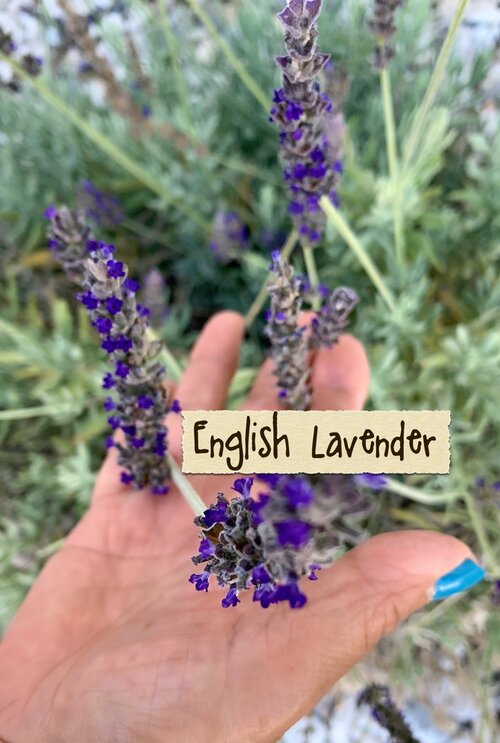
Native to Mediterranean, Middle East and India, Lavender was used to scent drawers, perfume the air and ward off infection and heal wounds. Lavender is commonly used for anxiety, stress, and insomnia. It is also used for depression, dementia, pain after surgery, and many other conditions.
